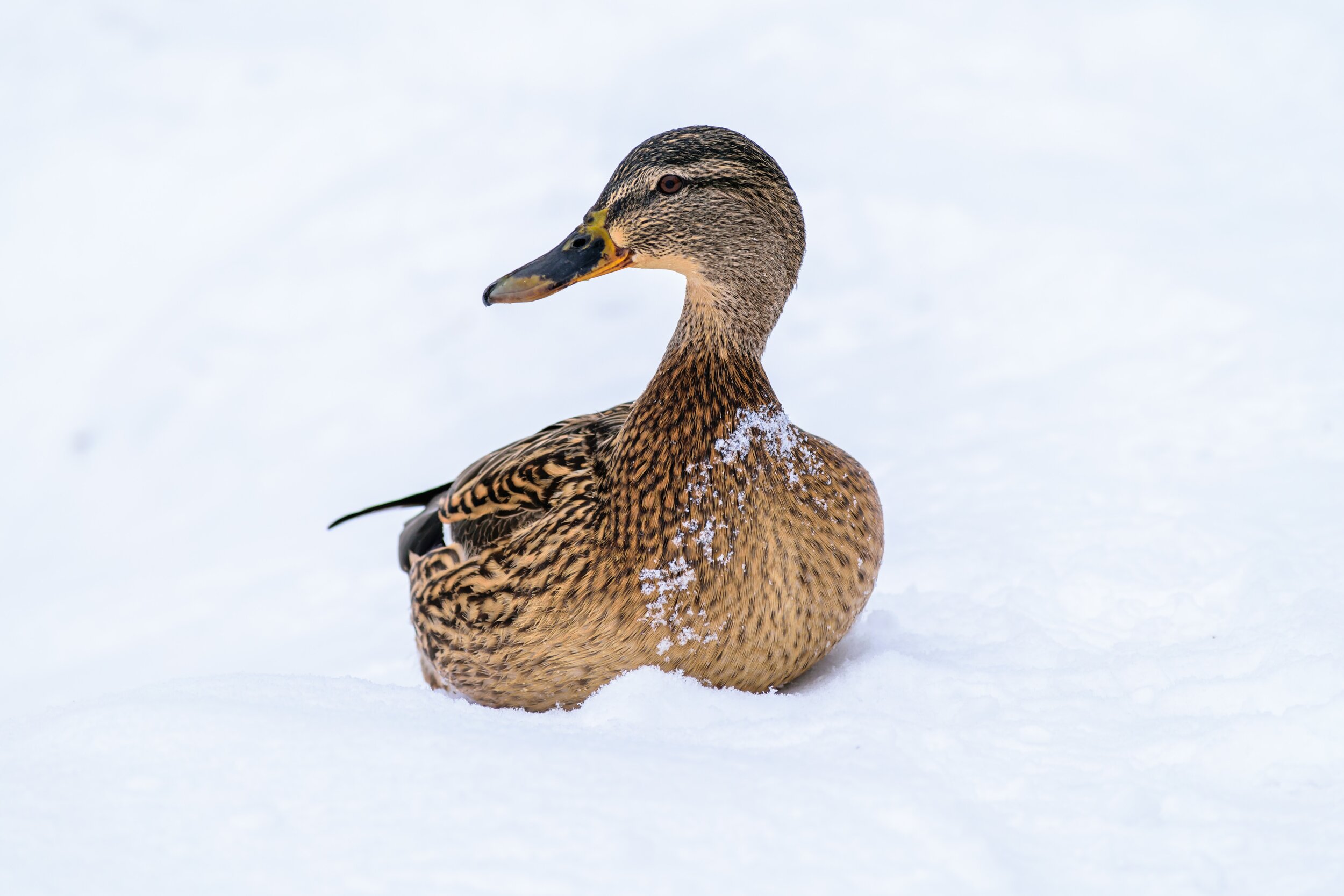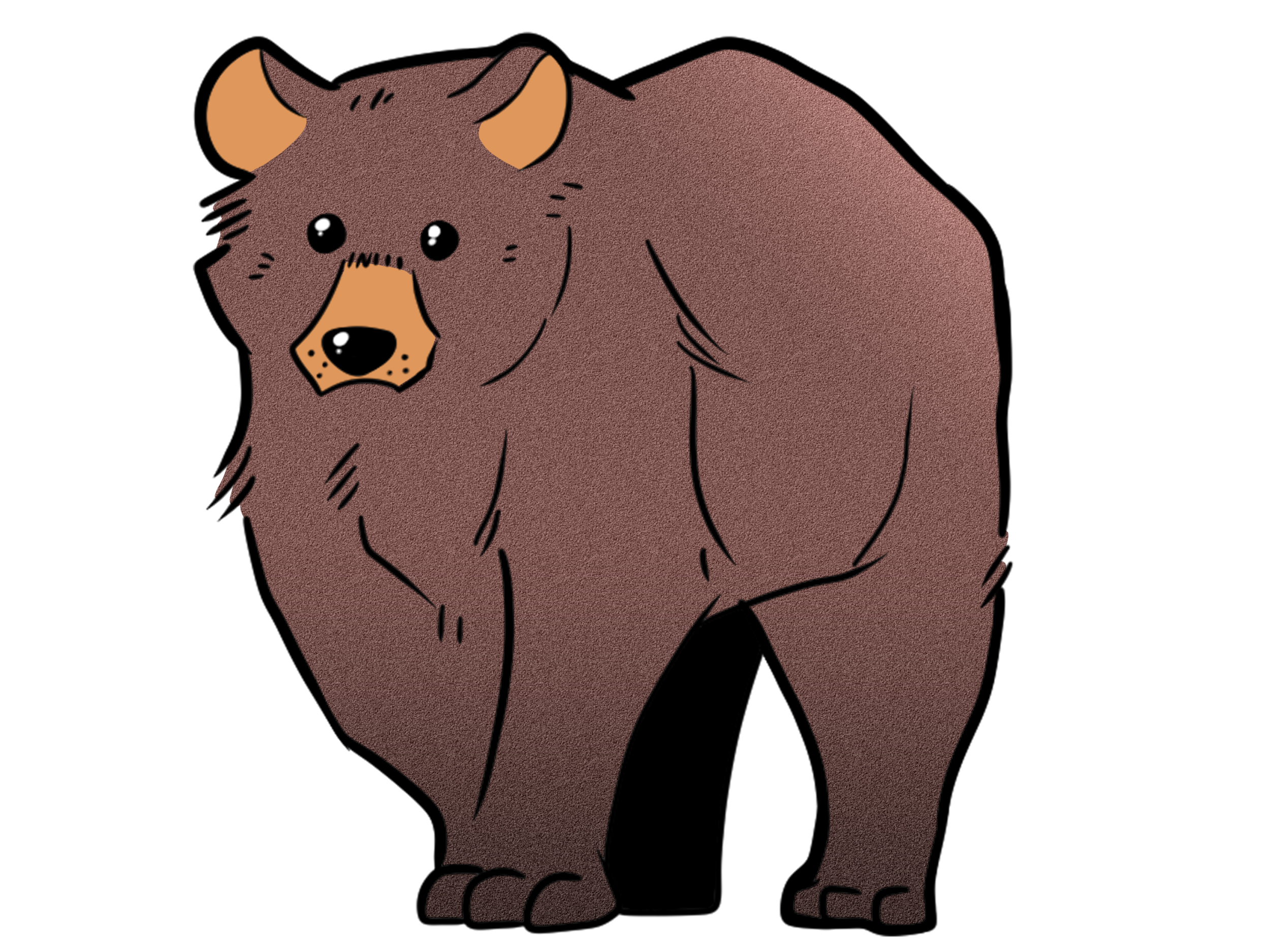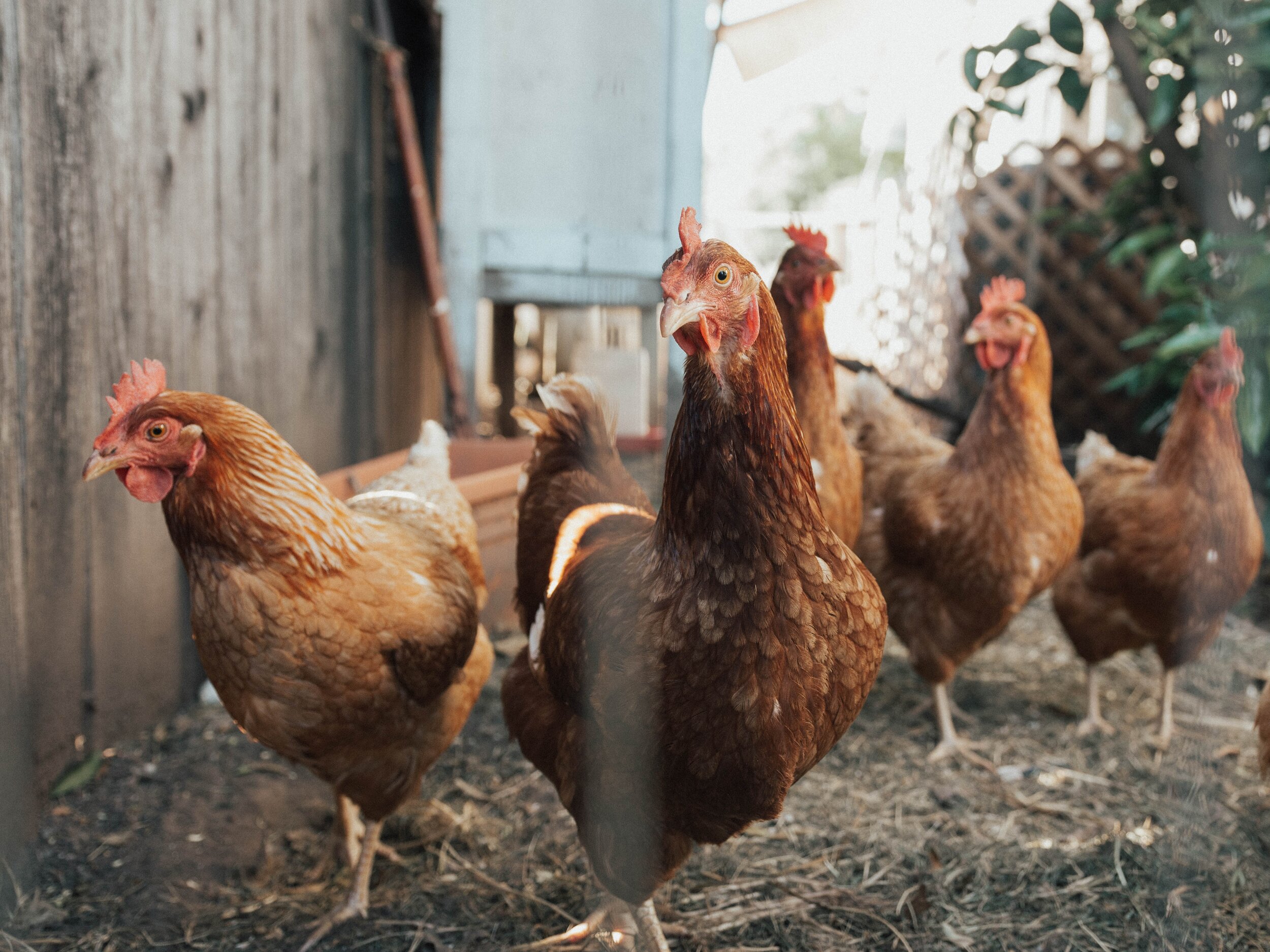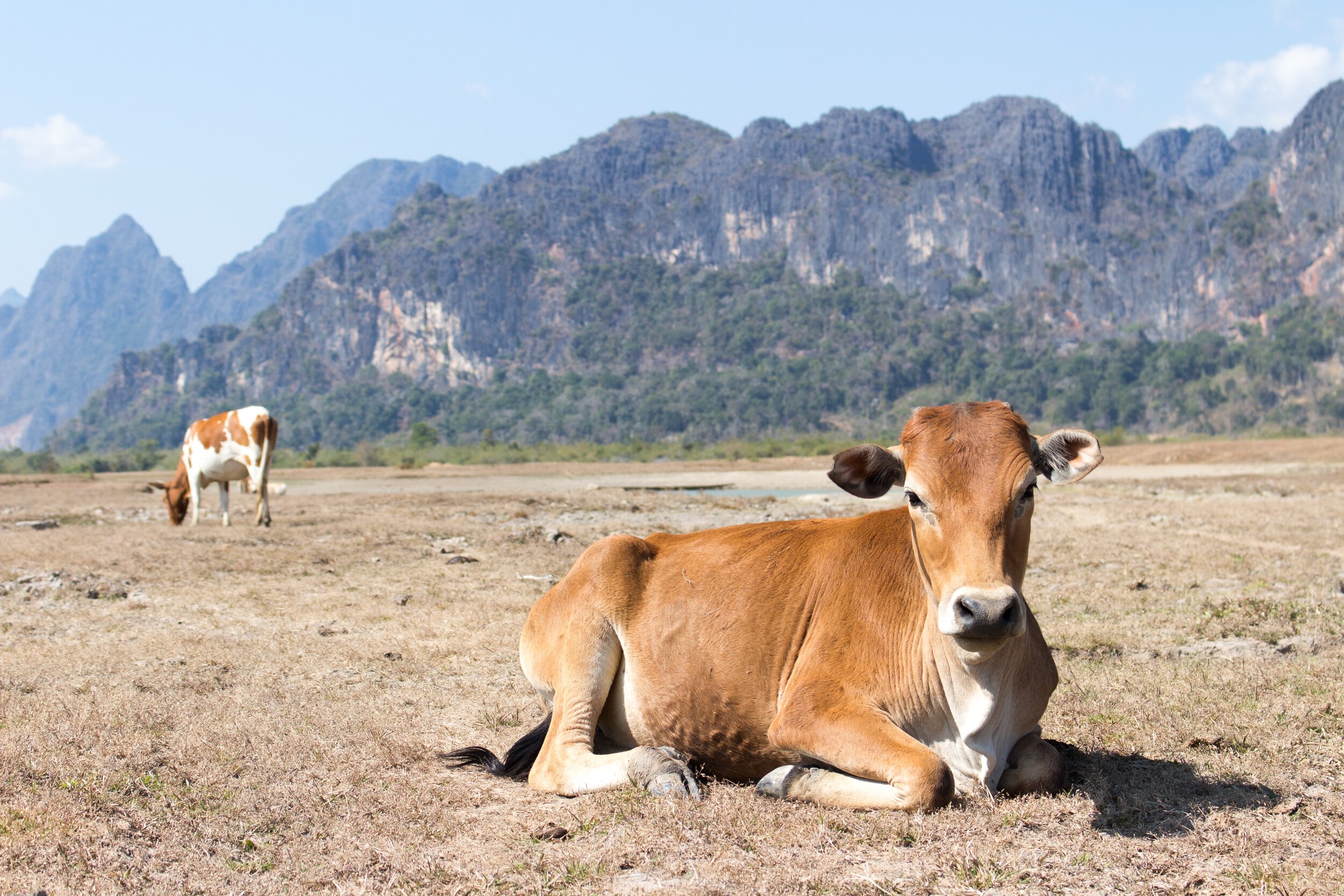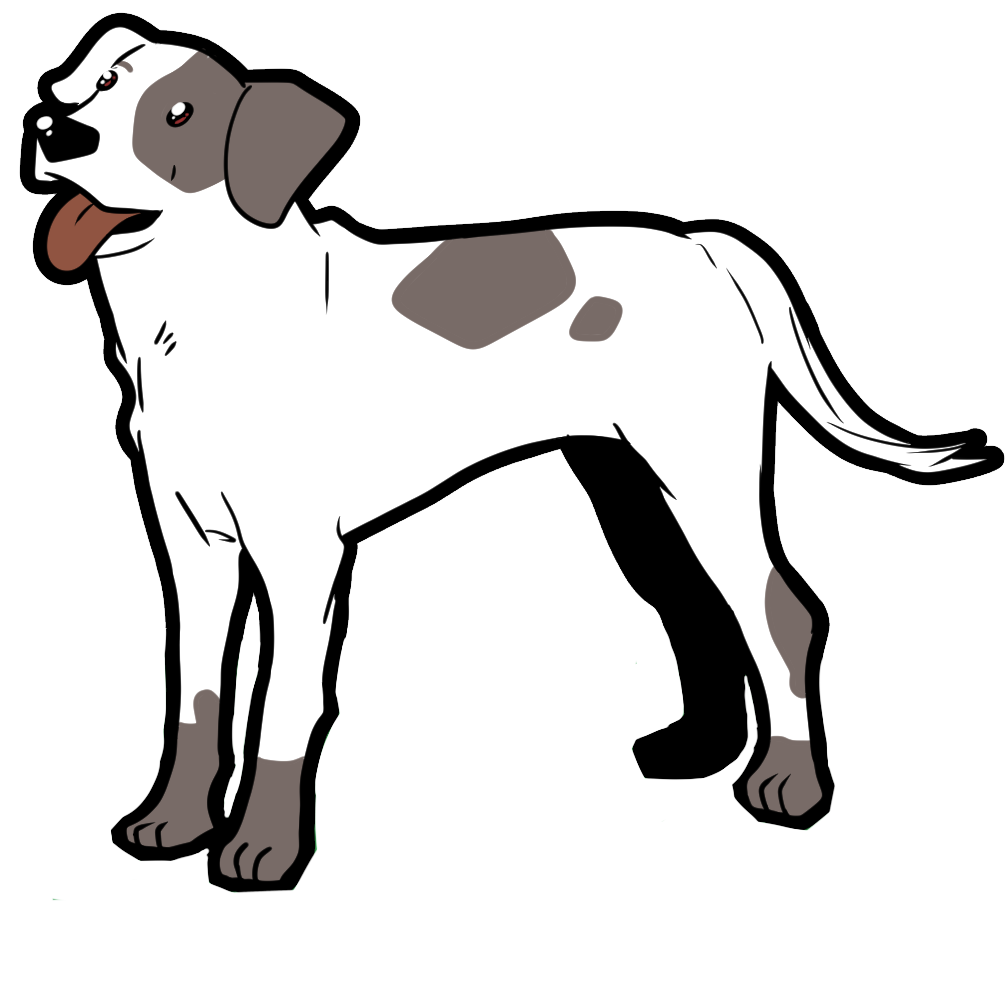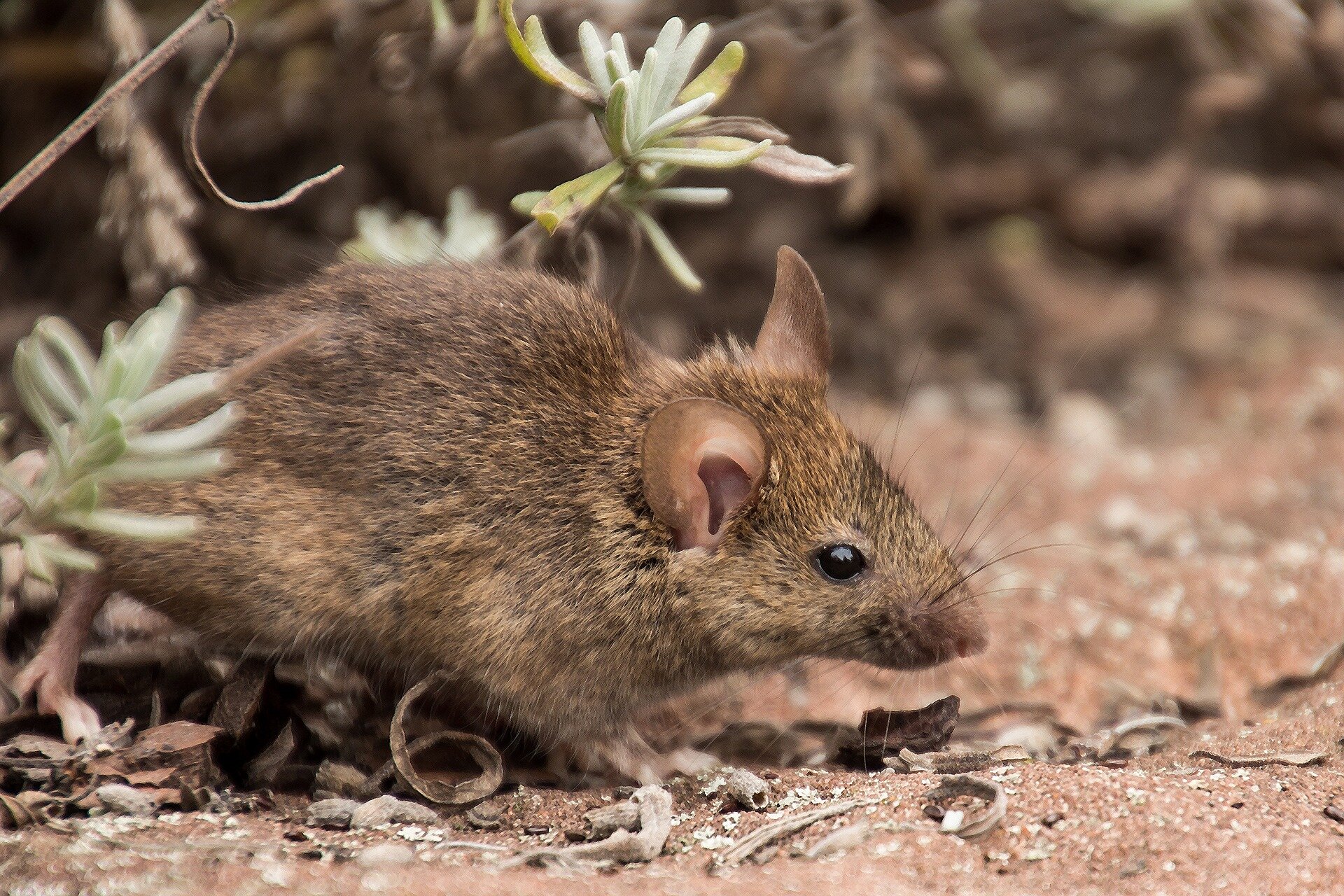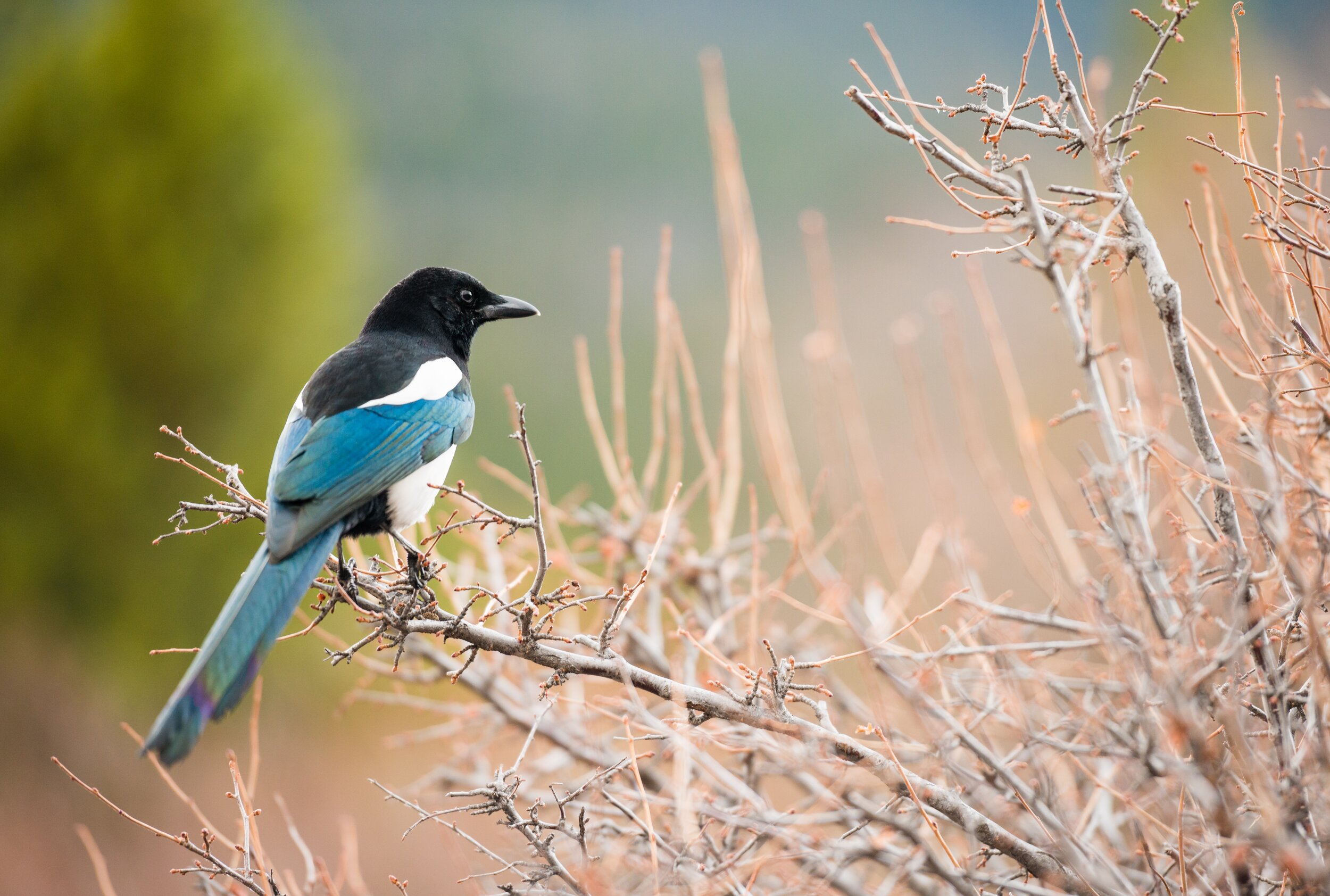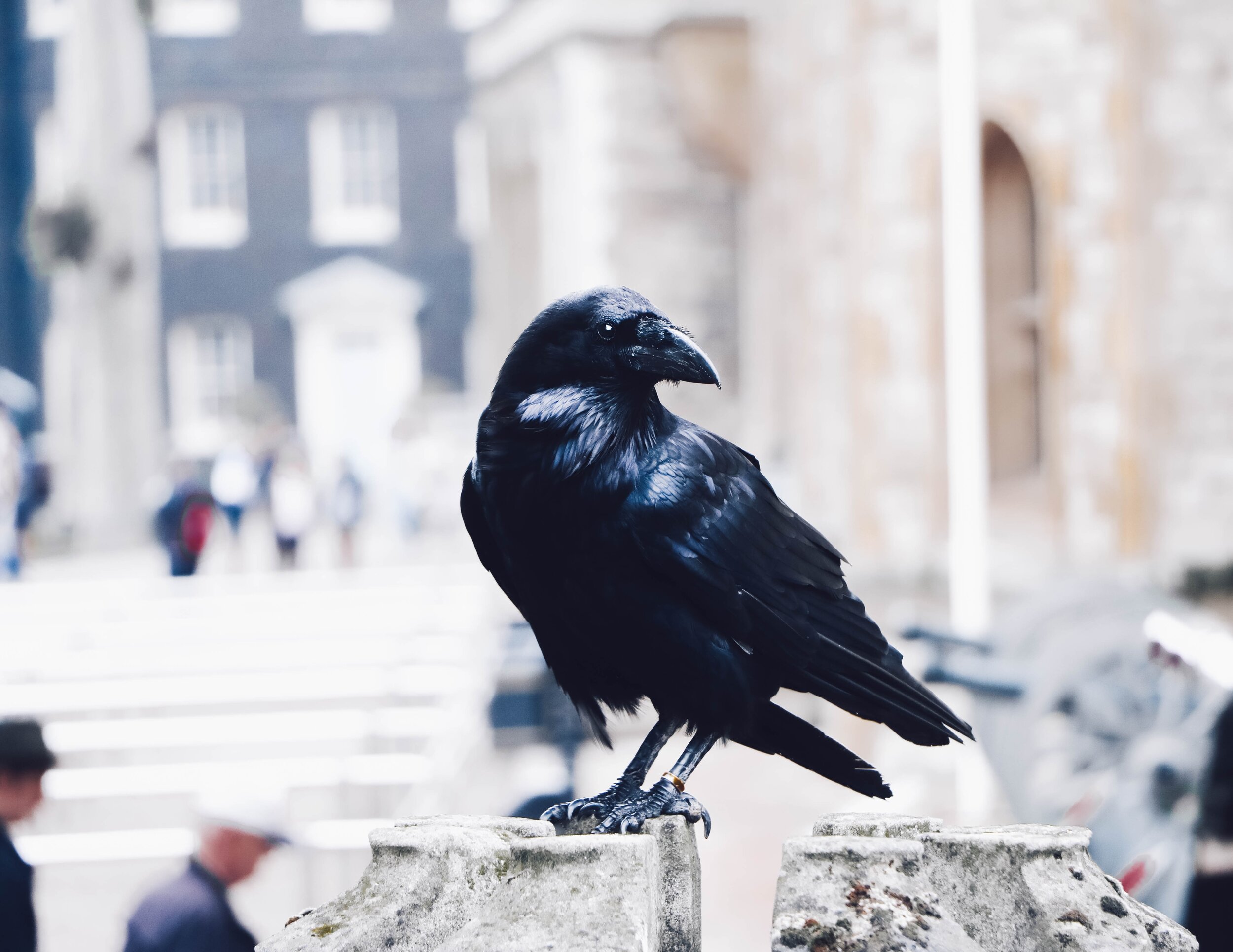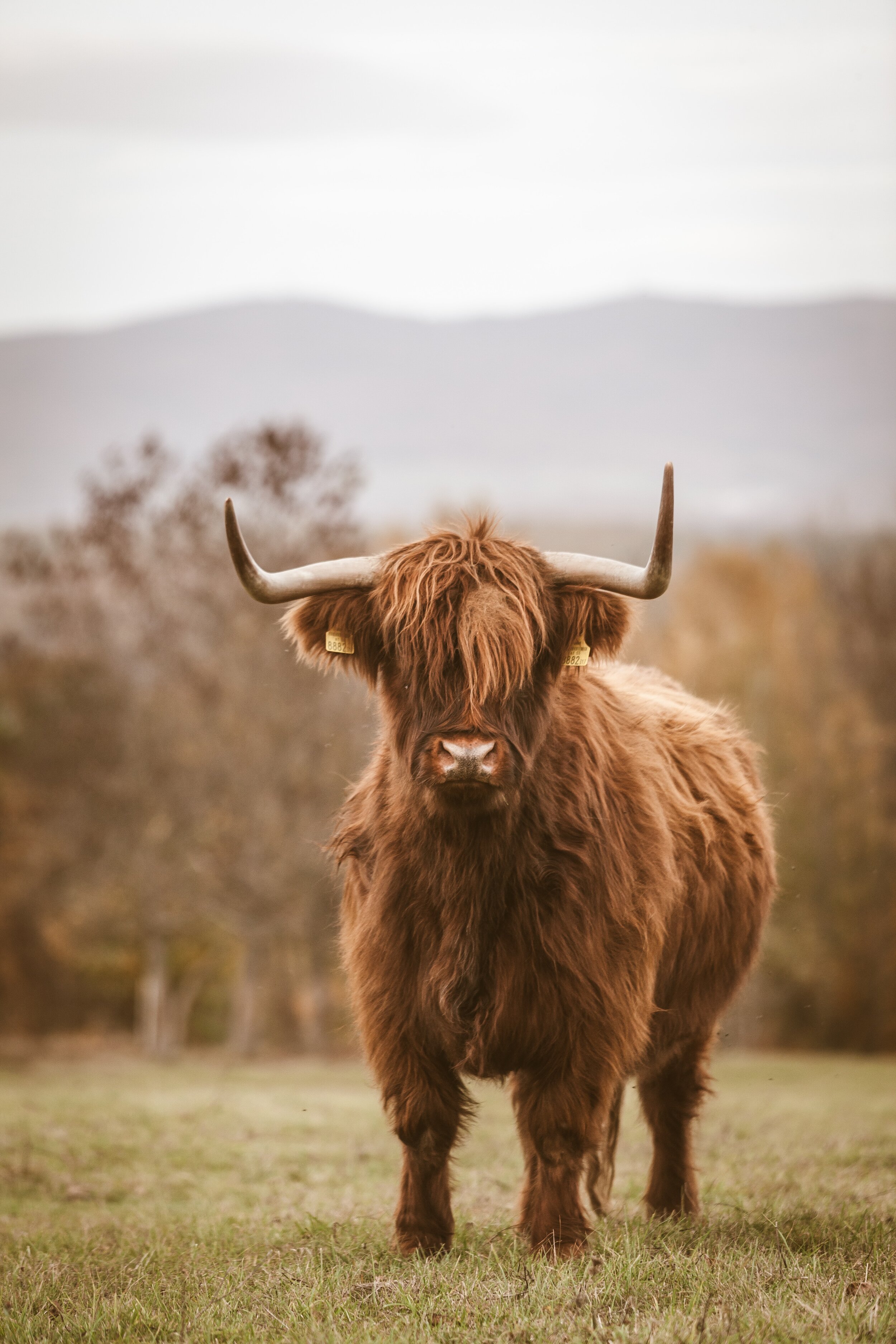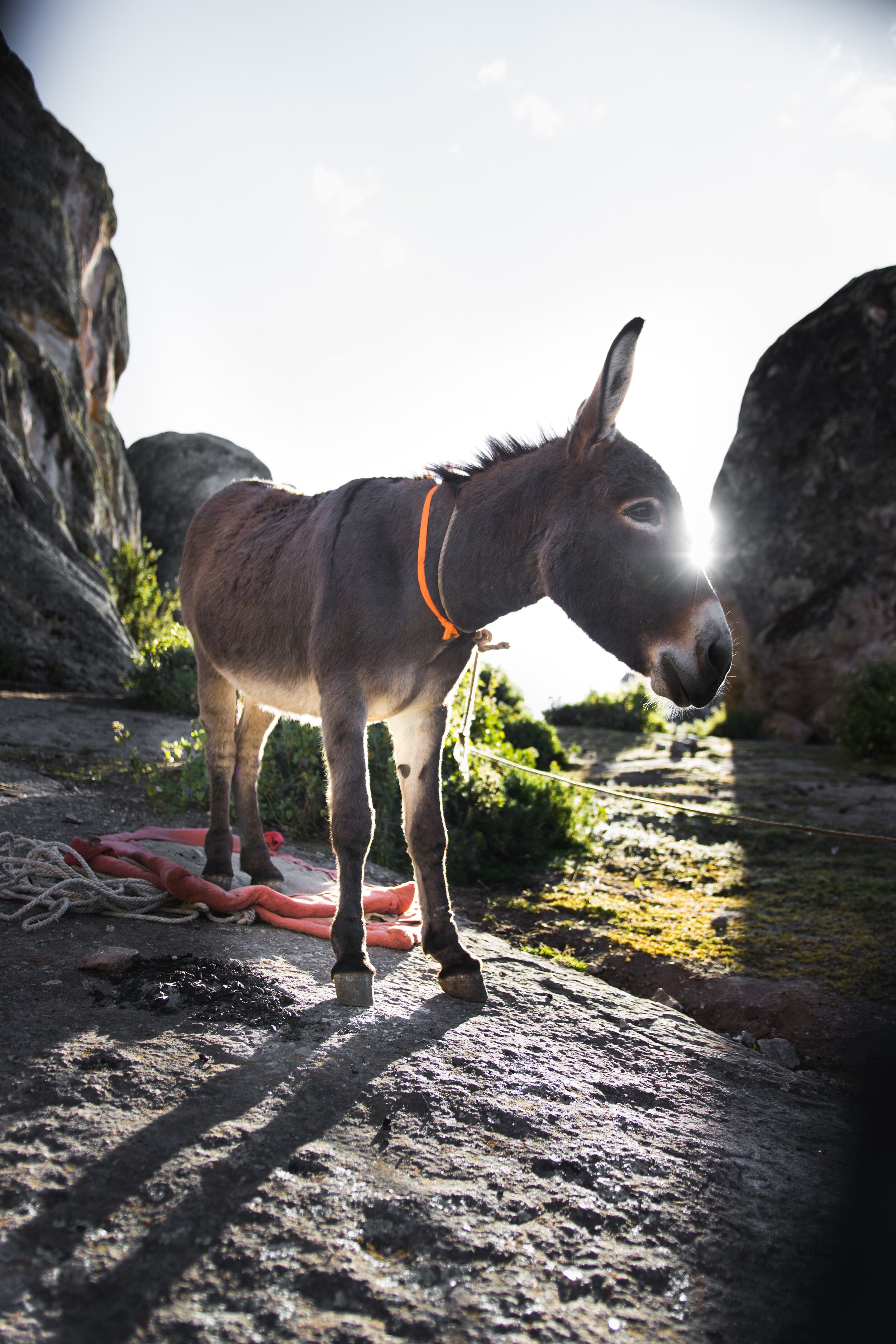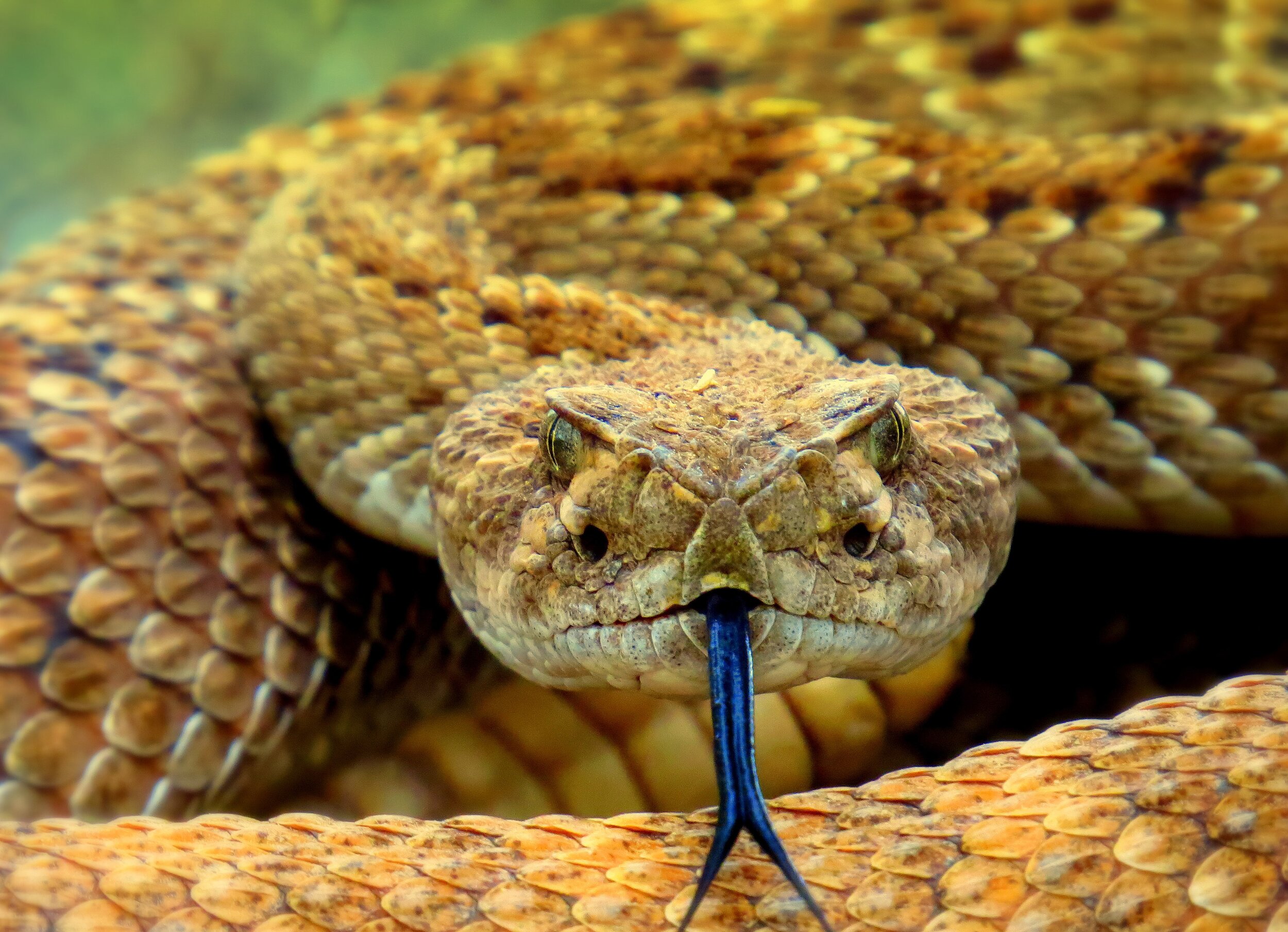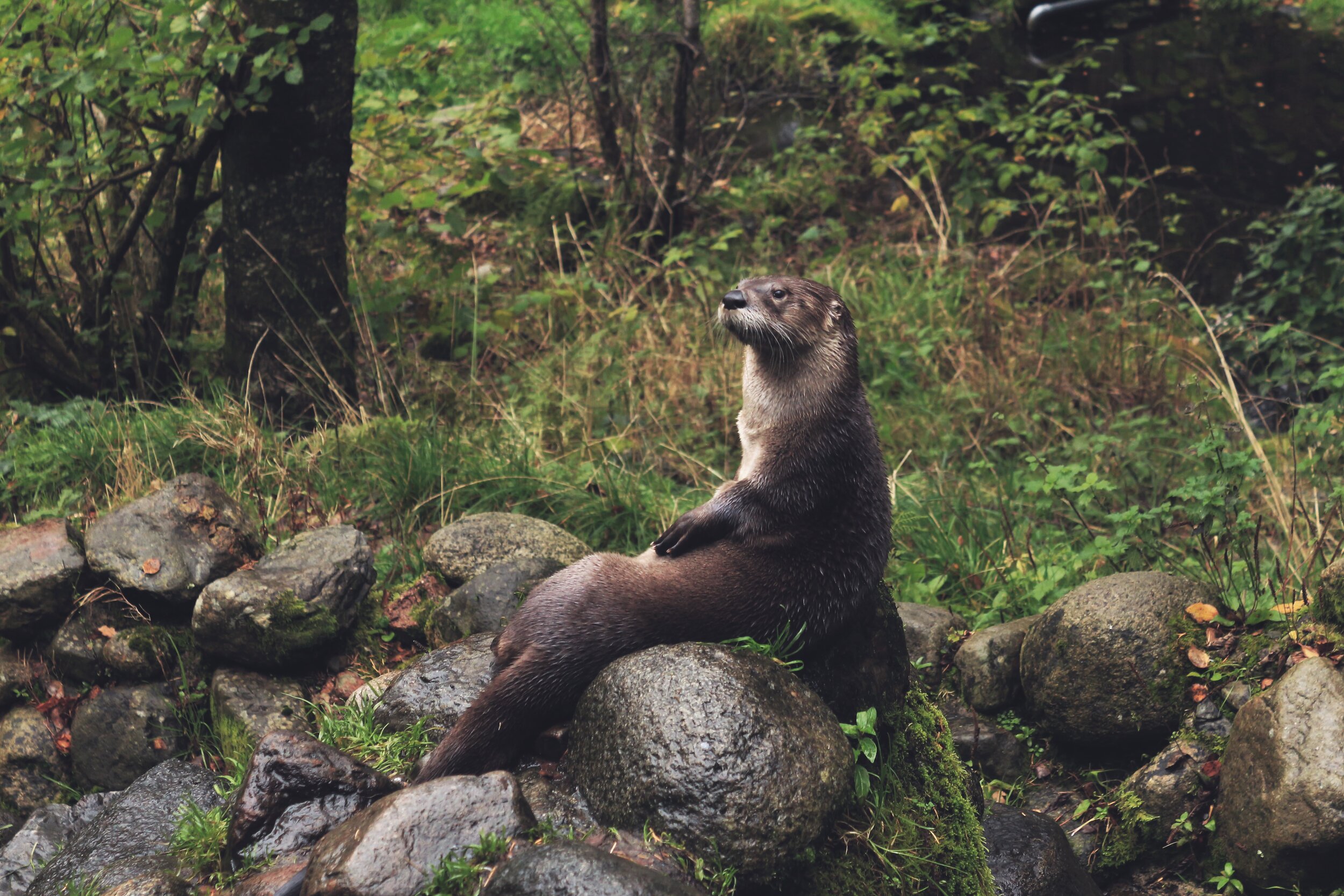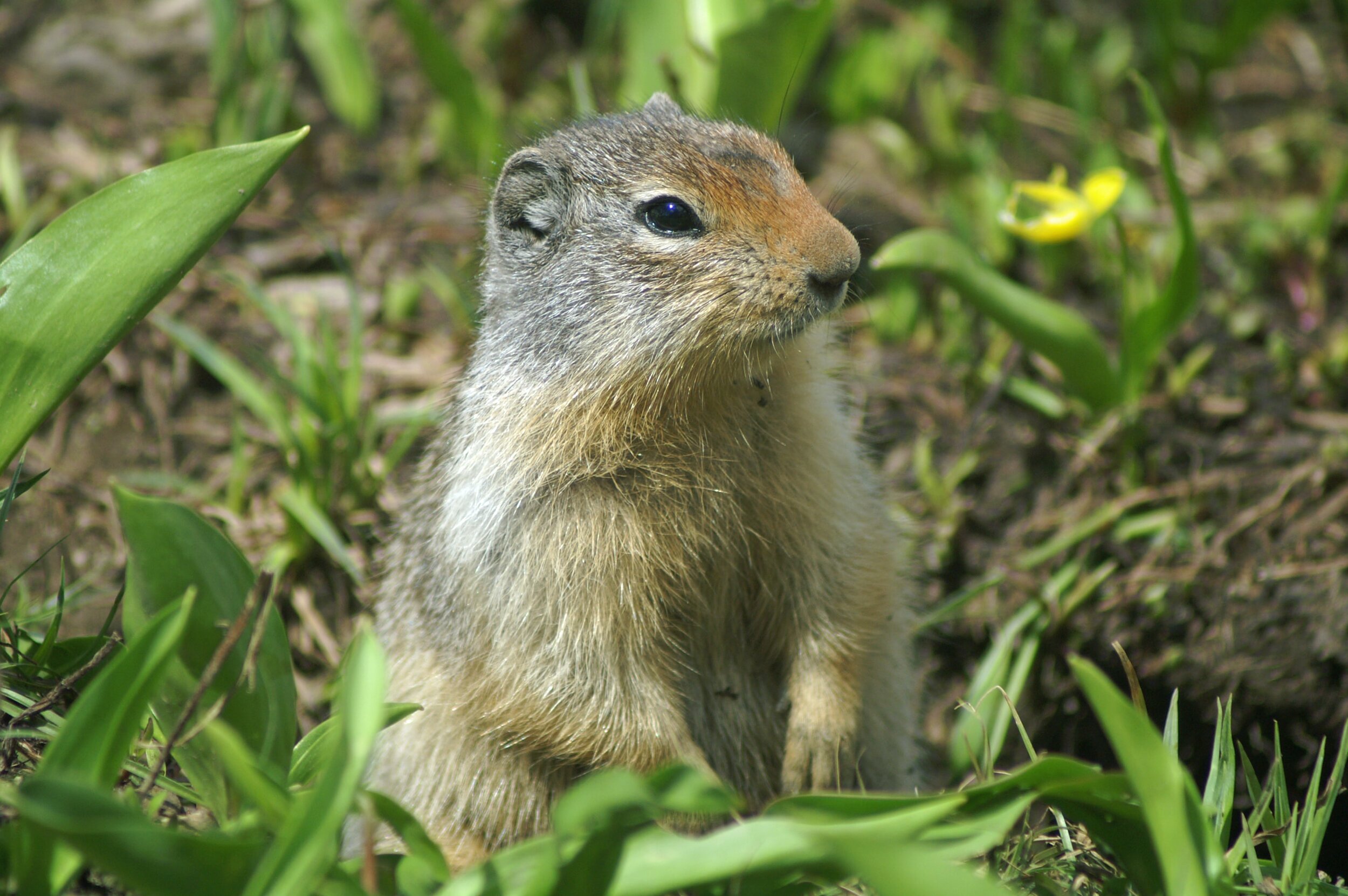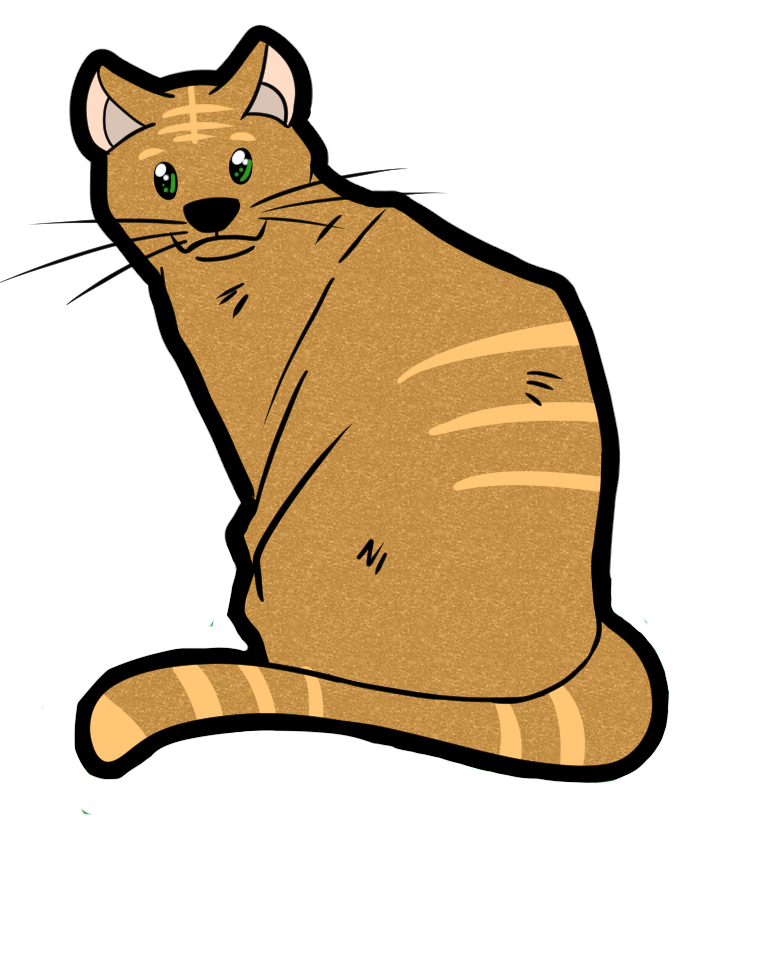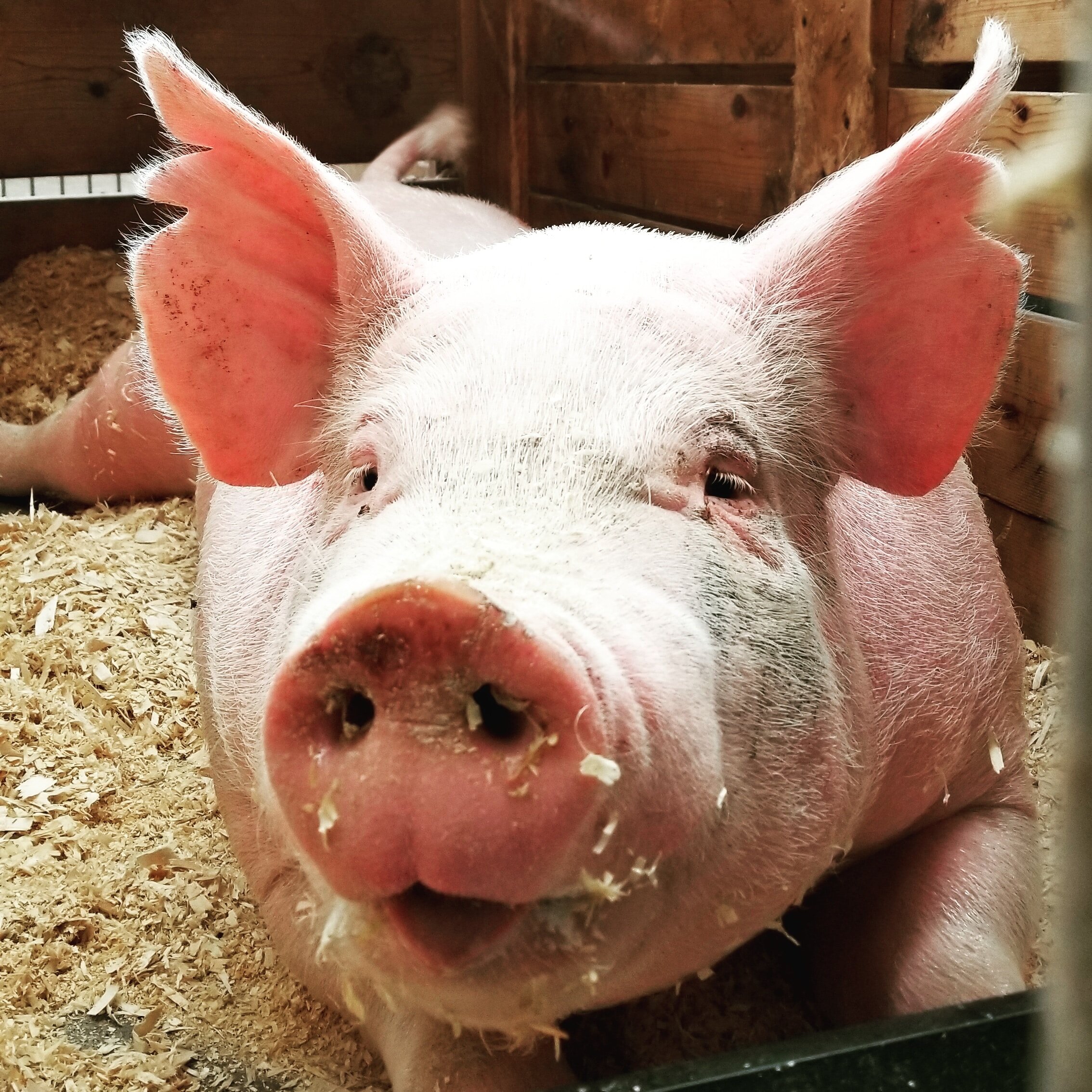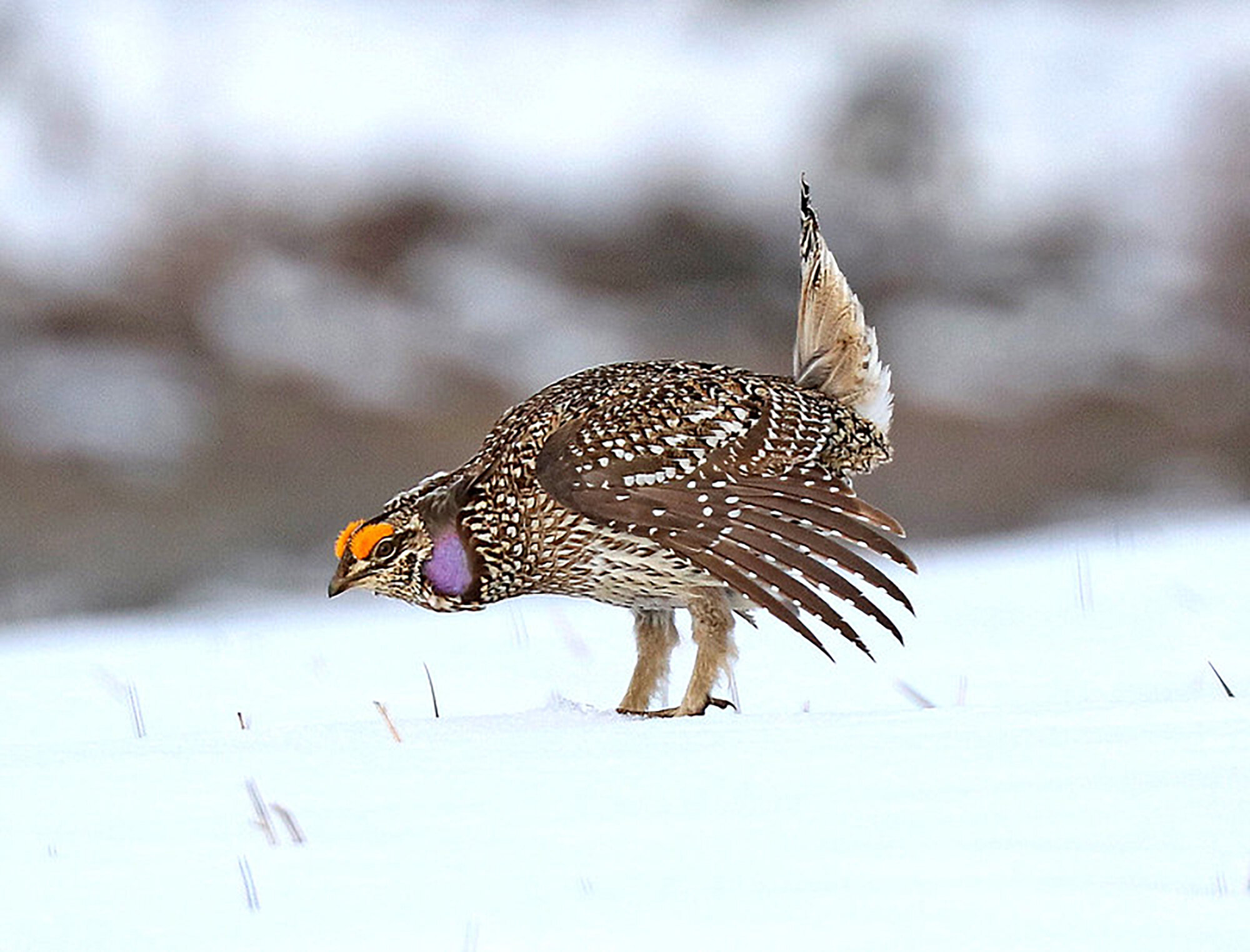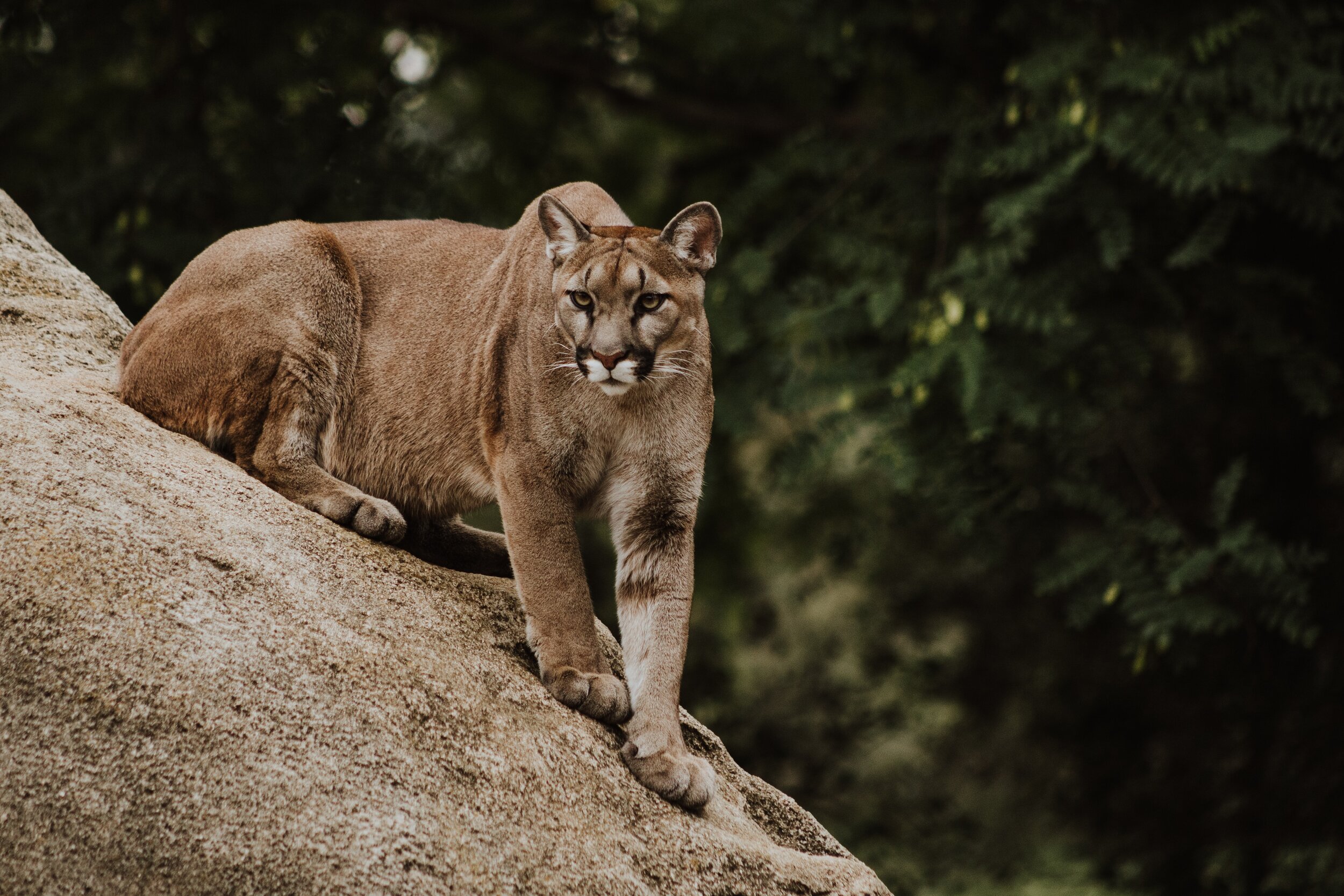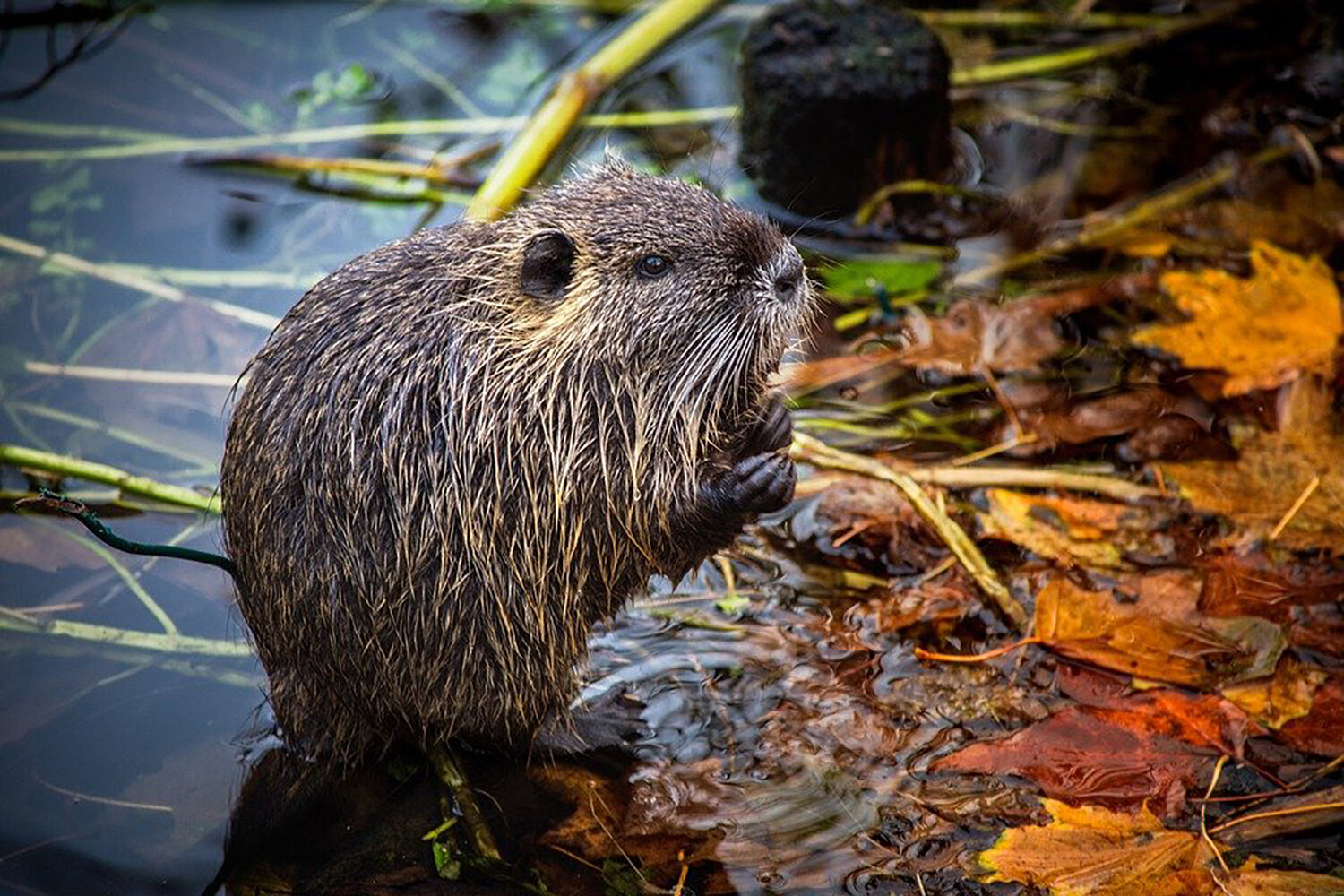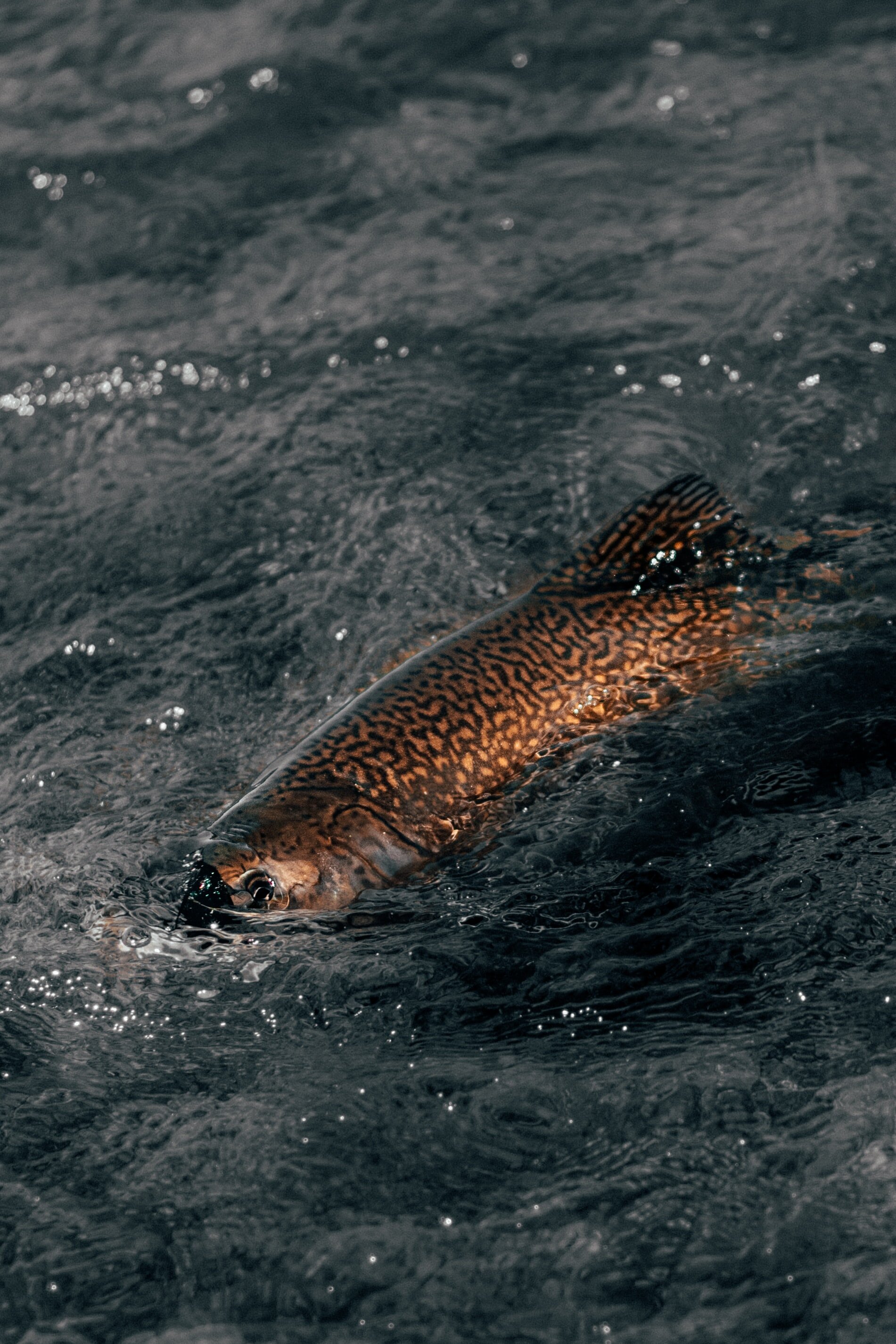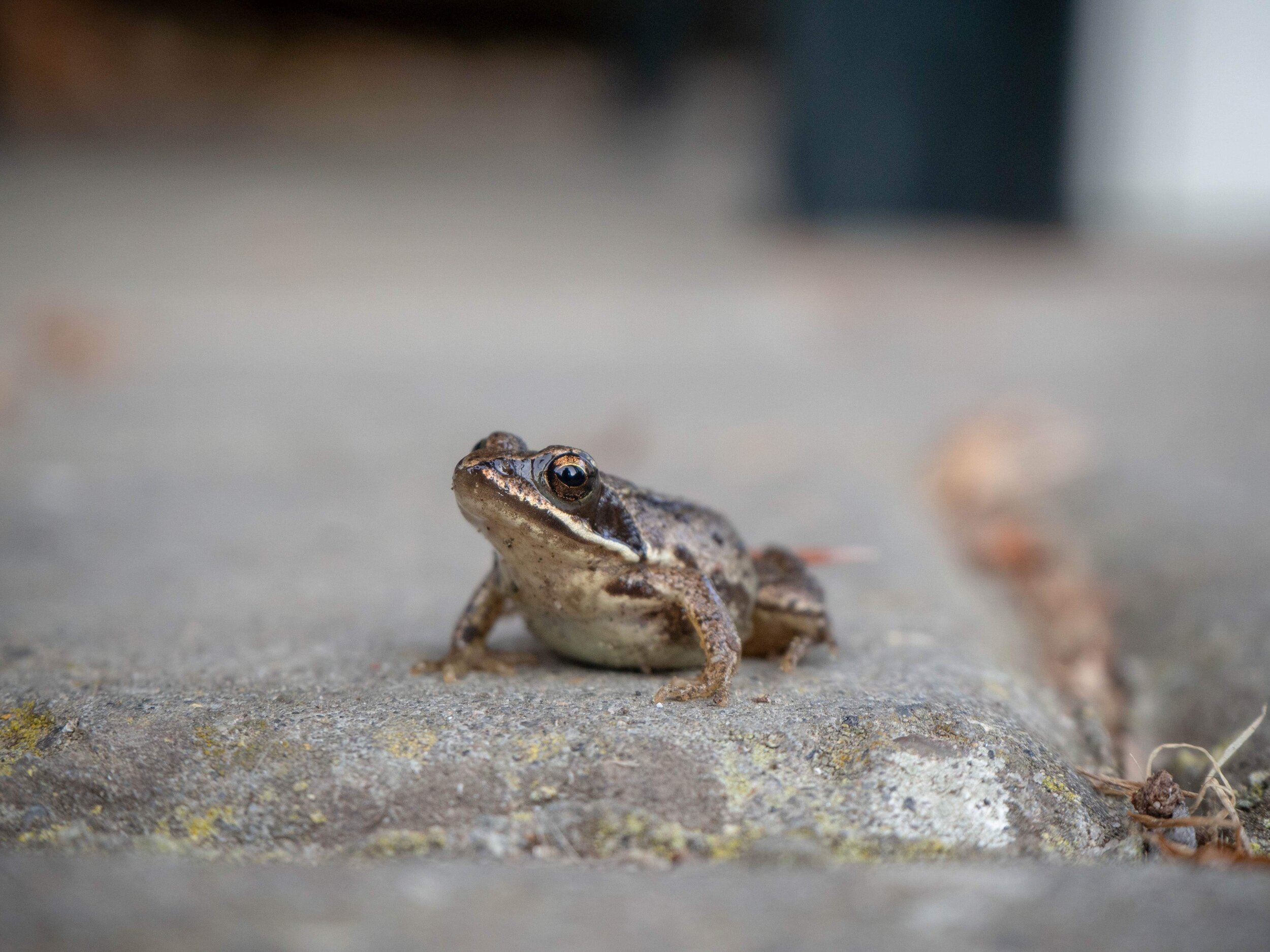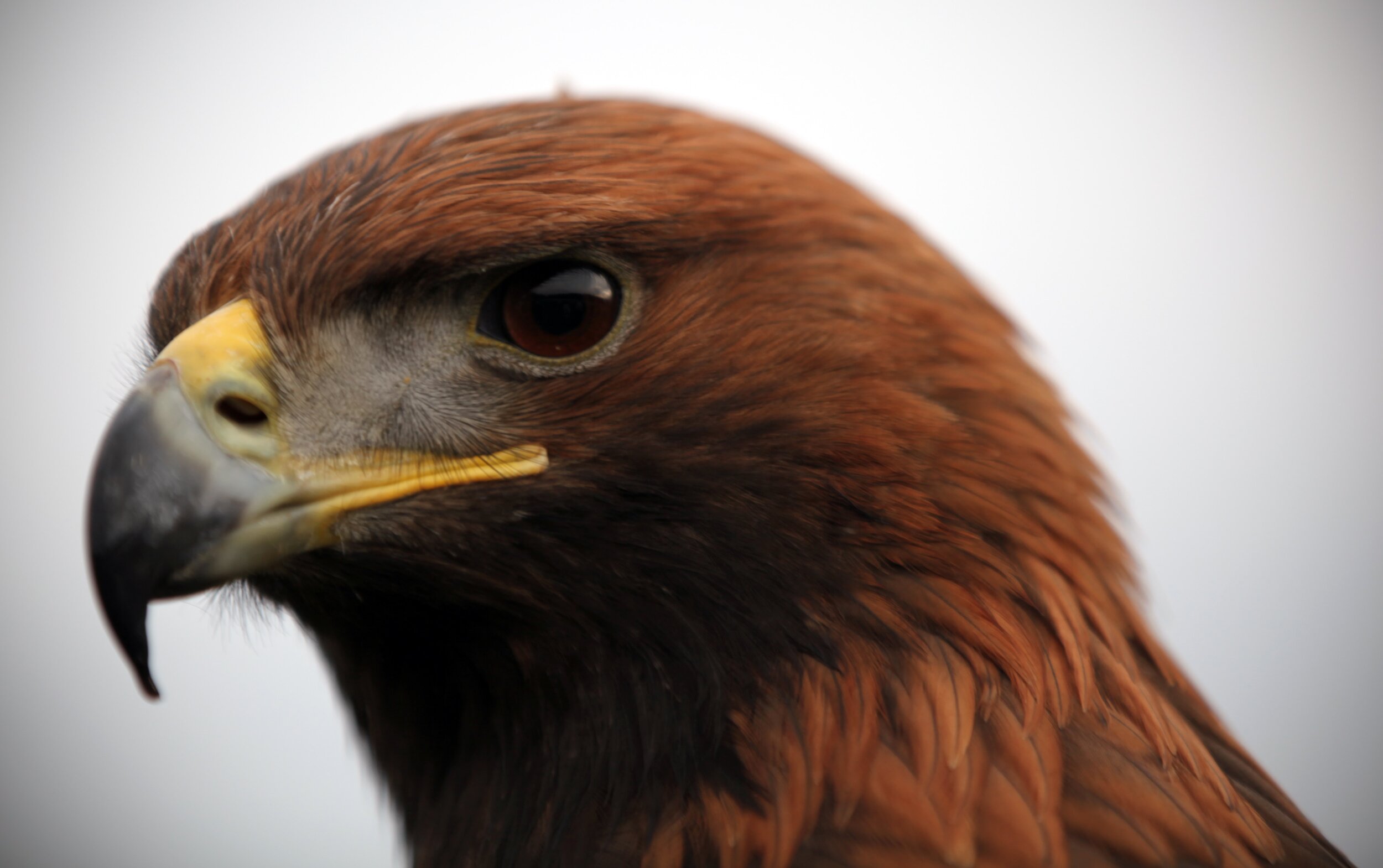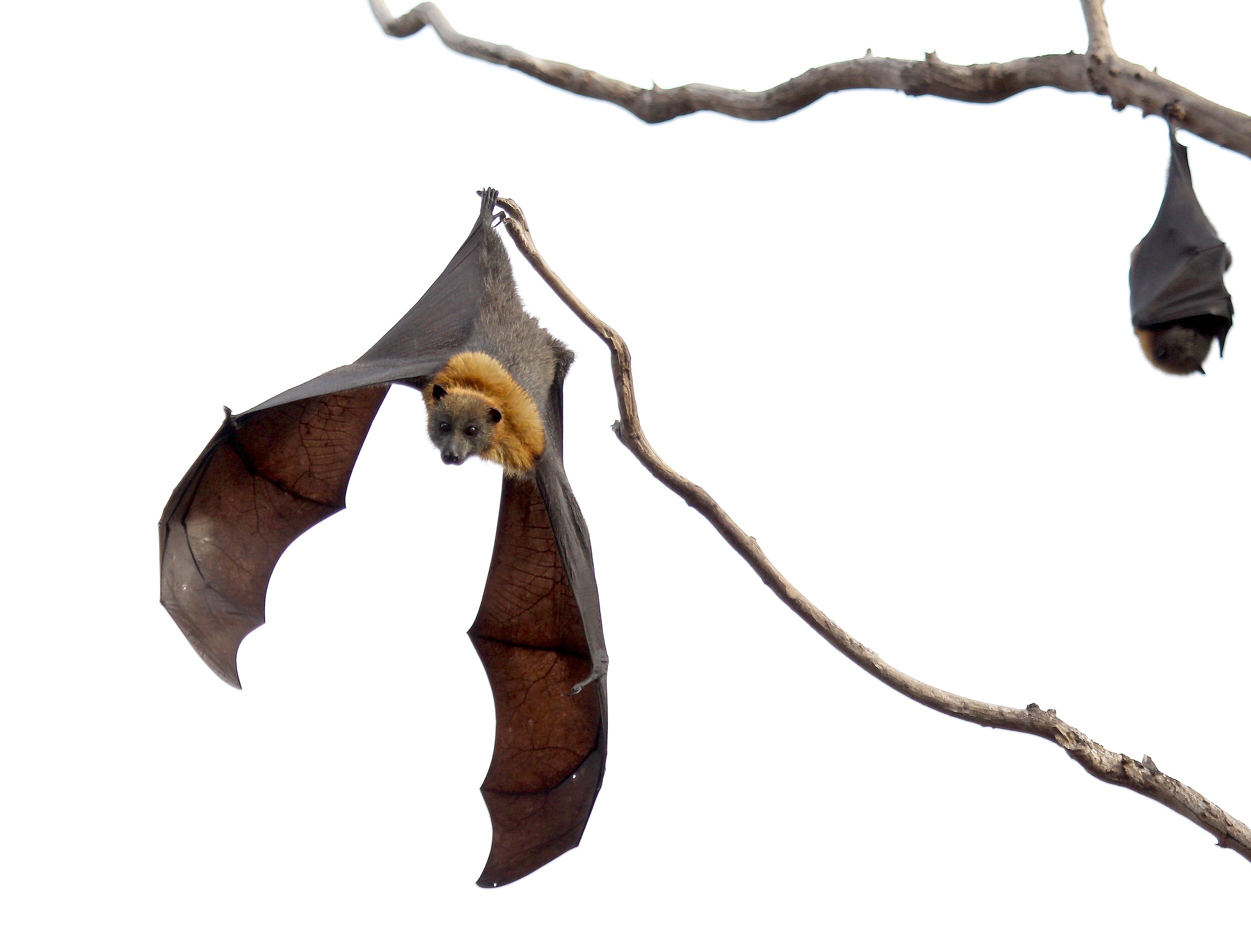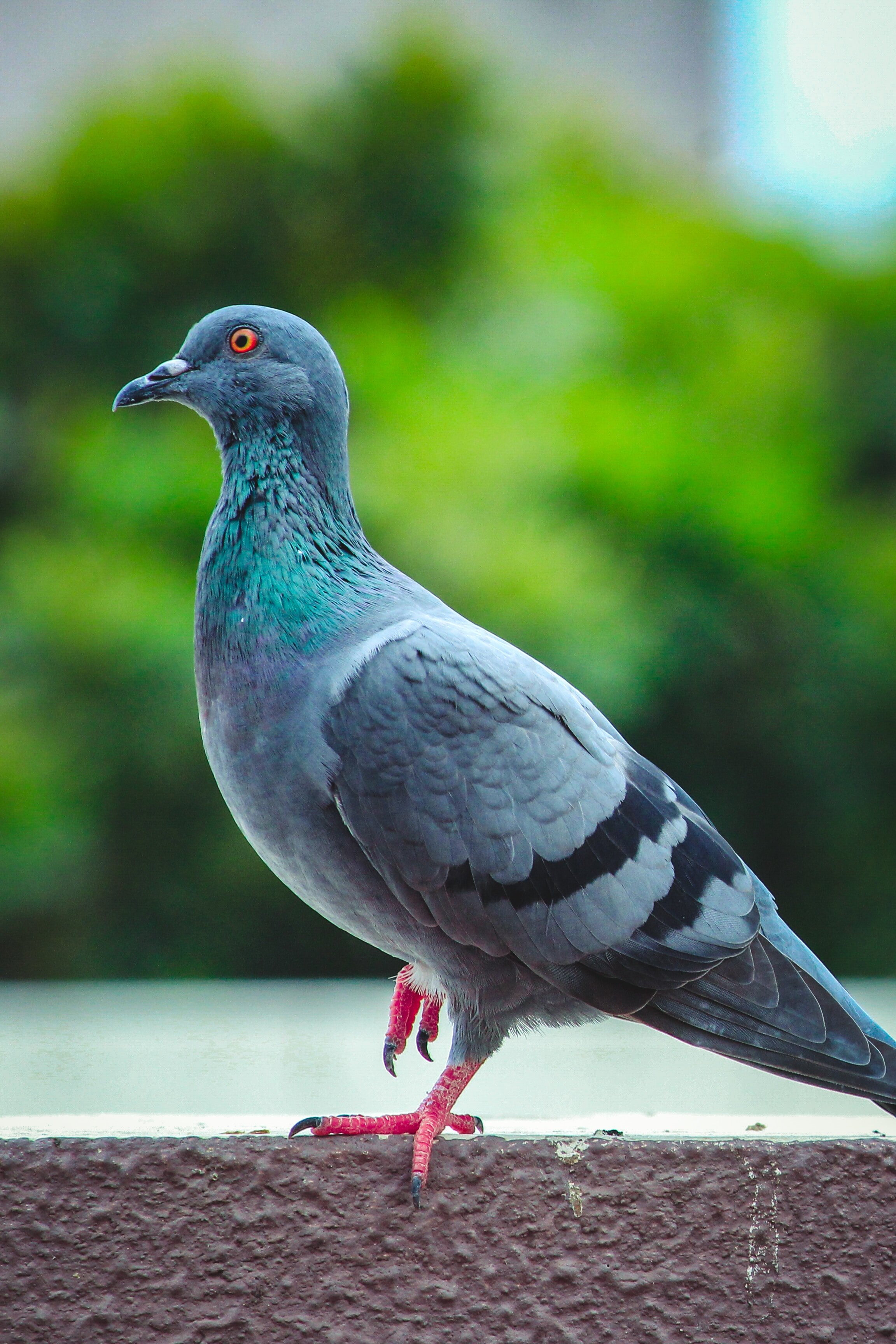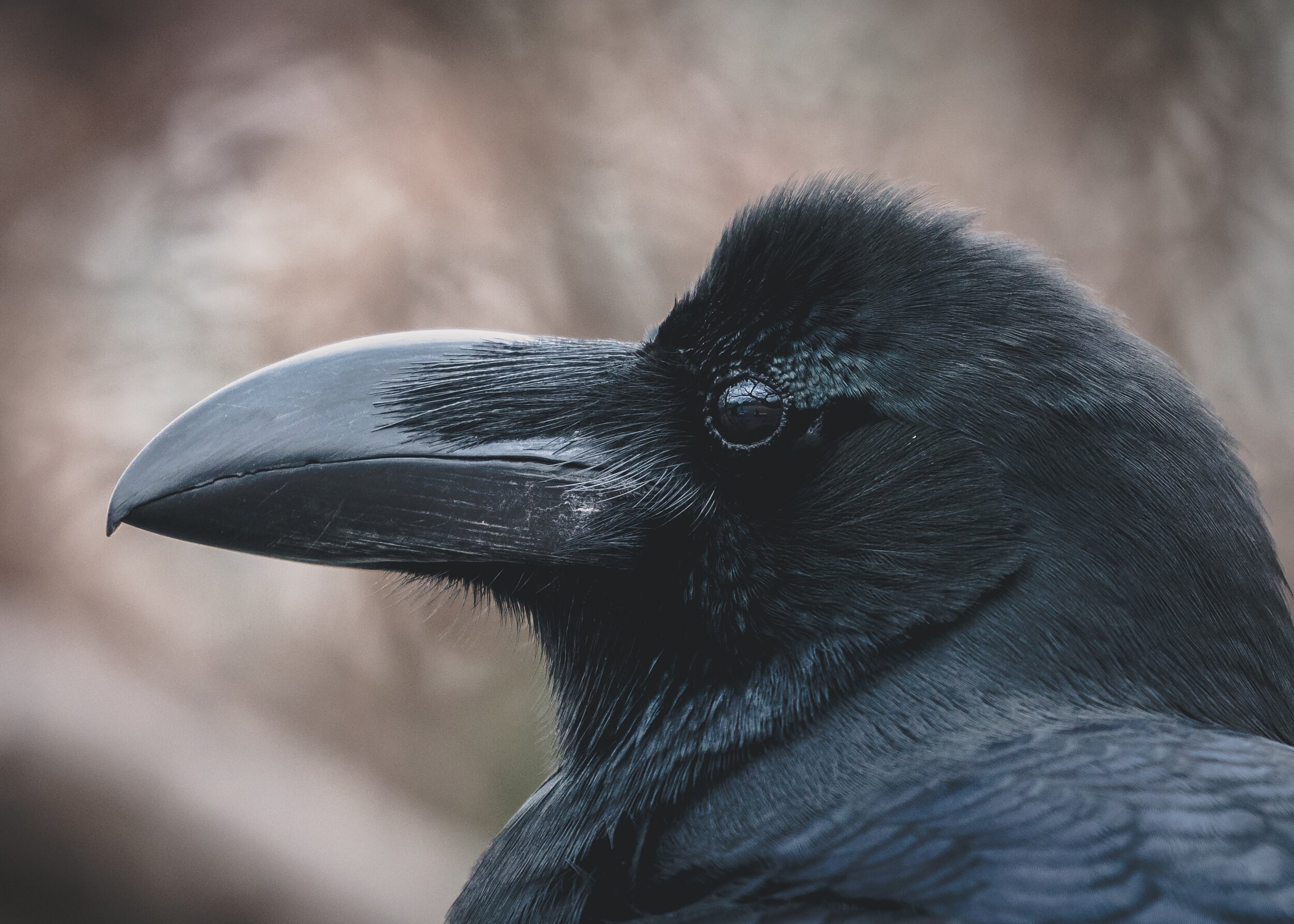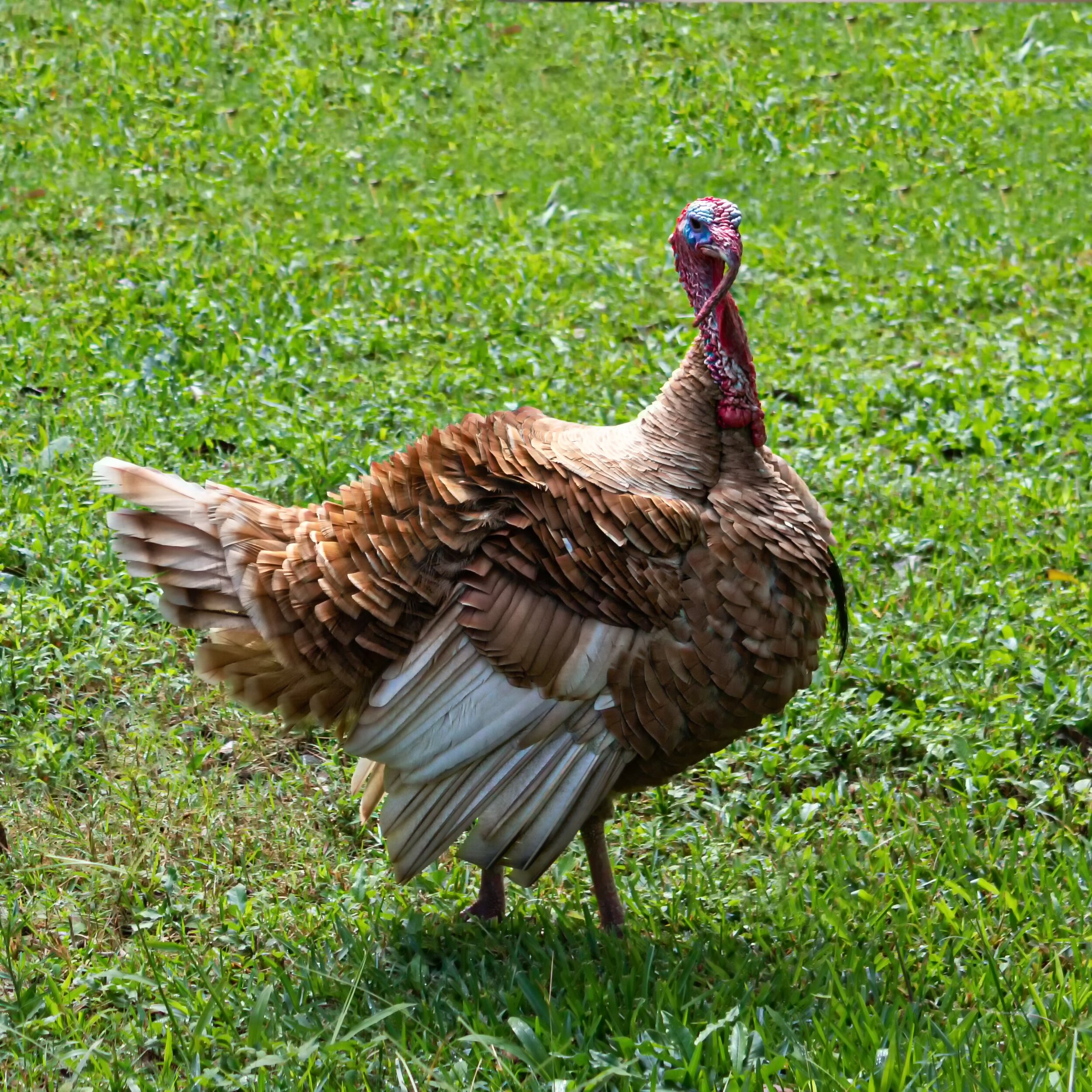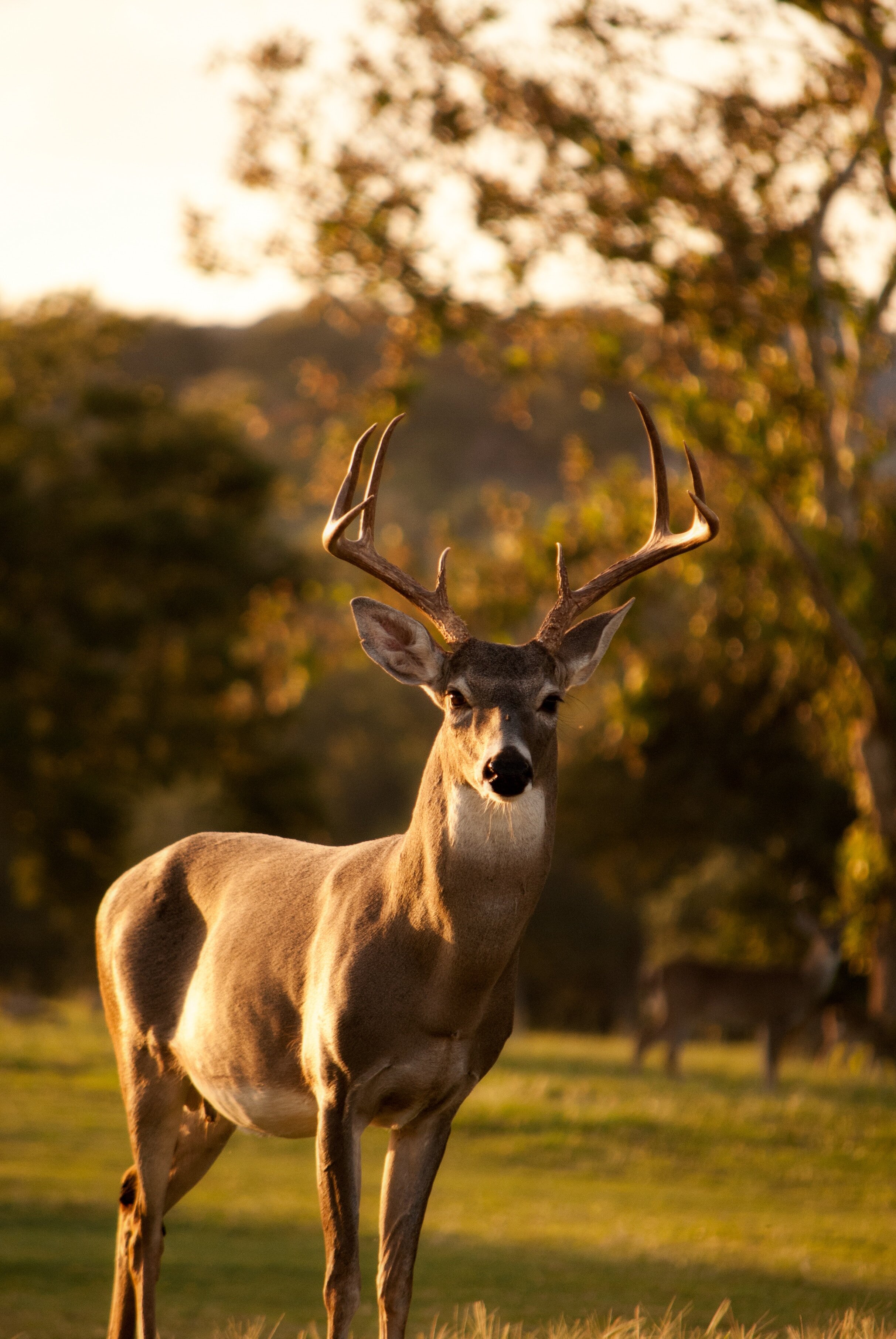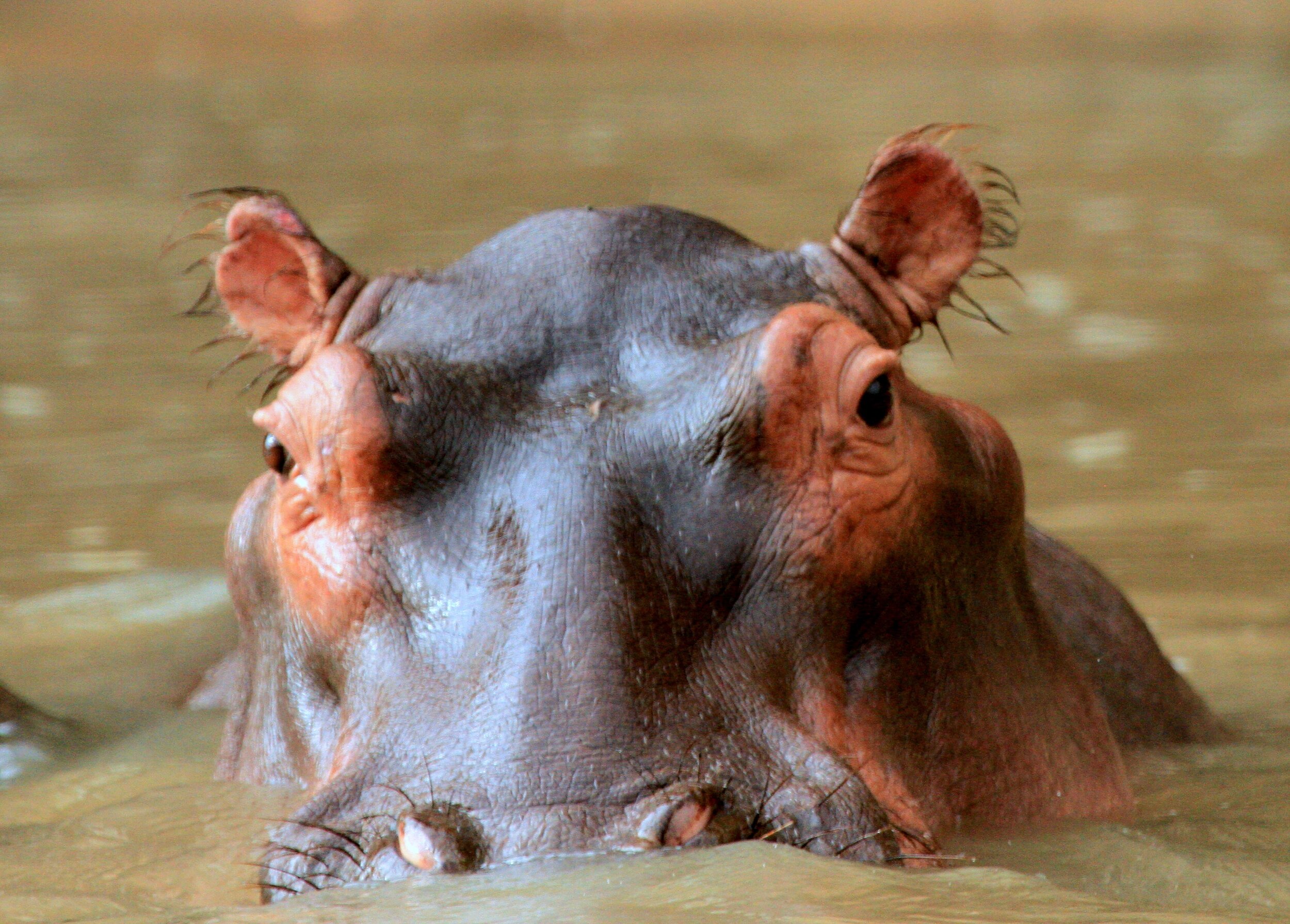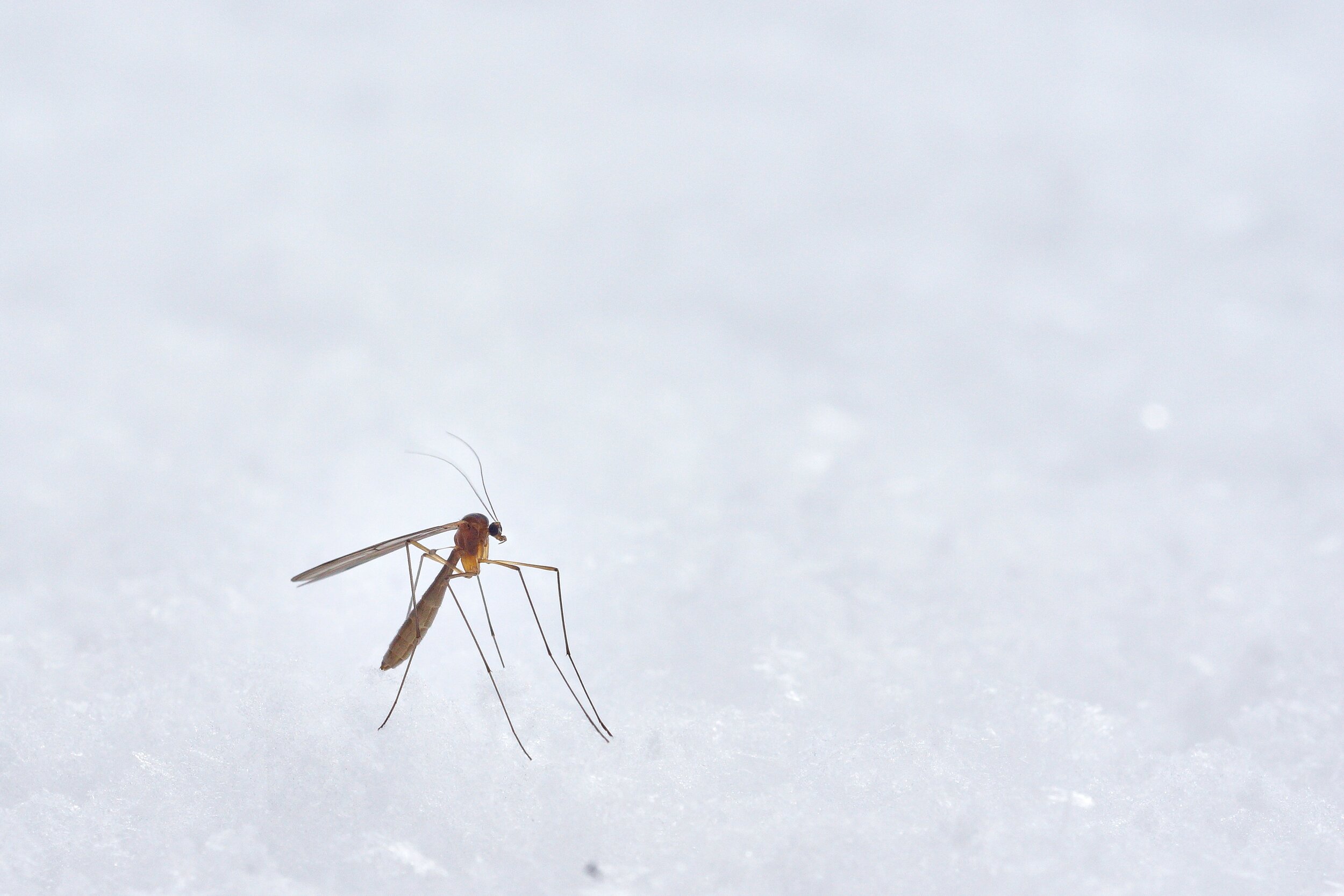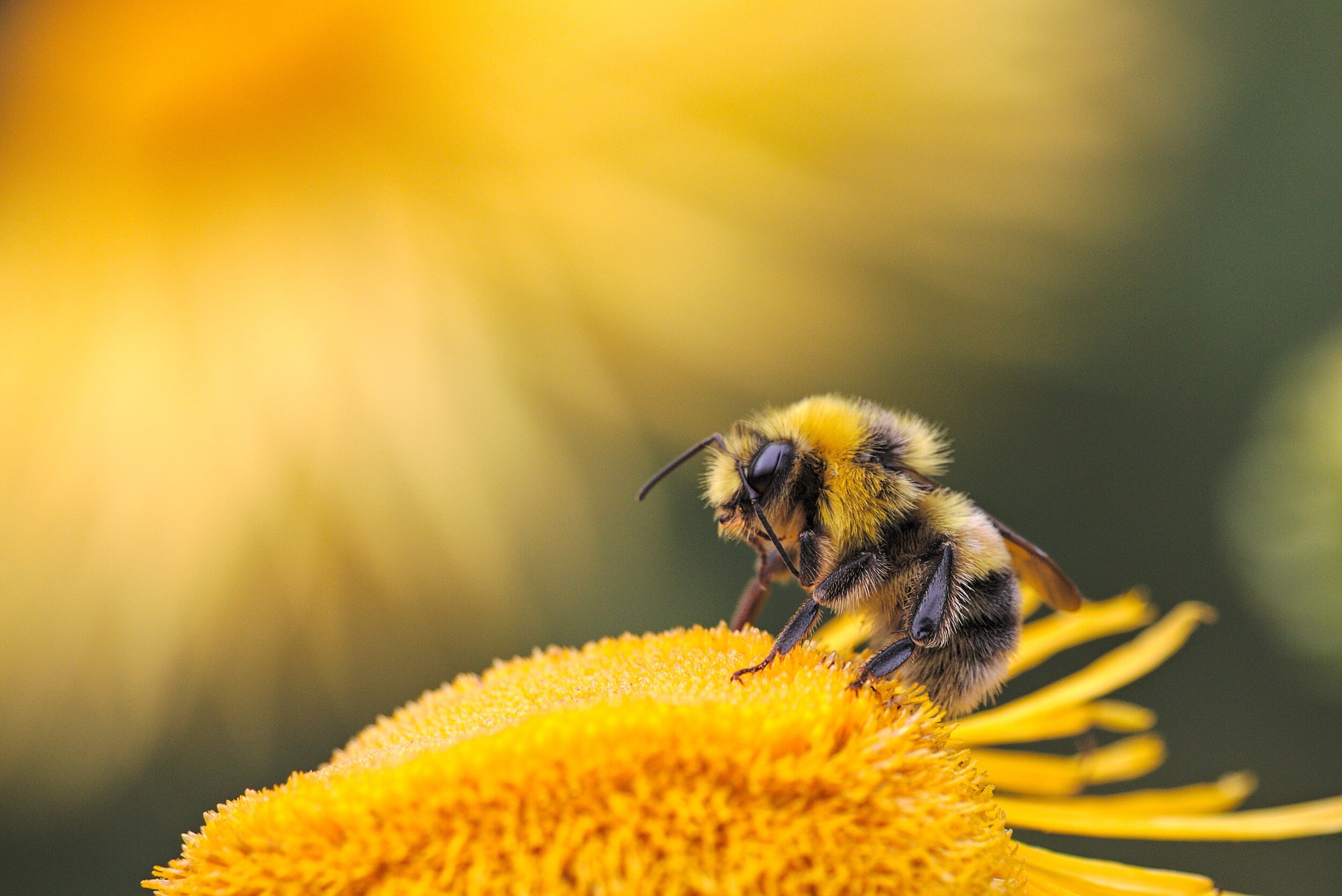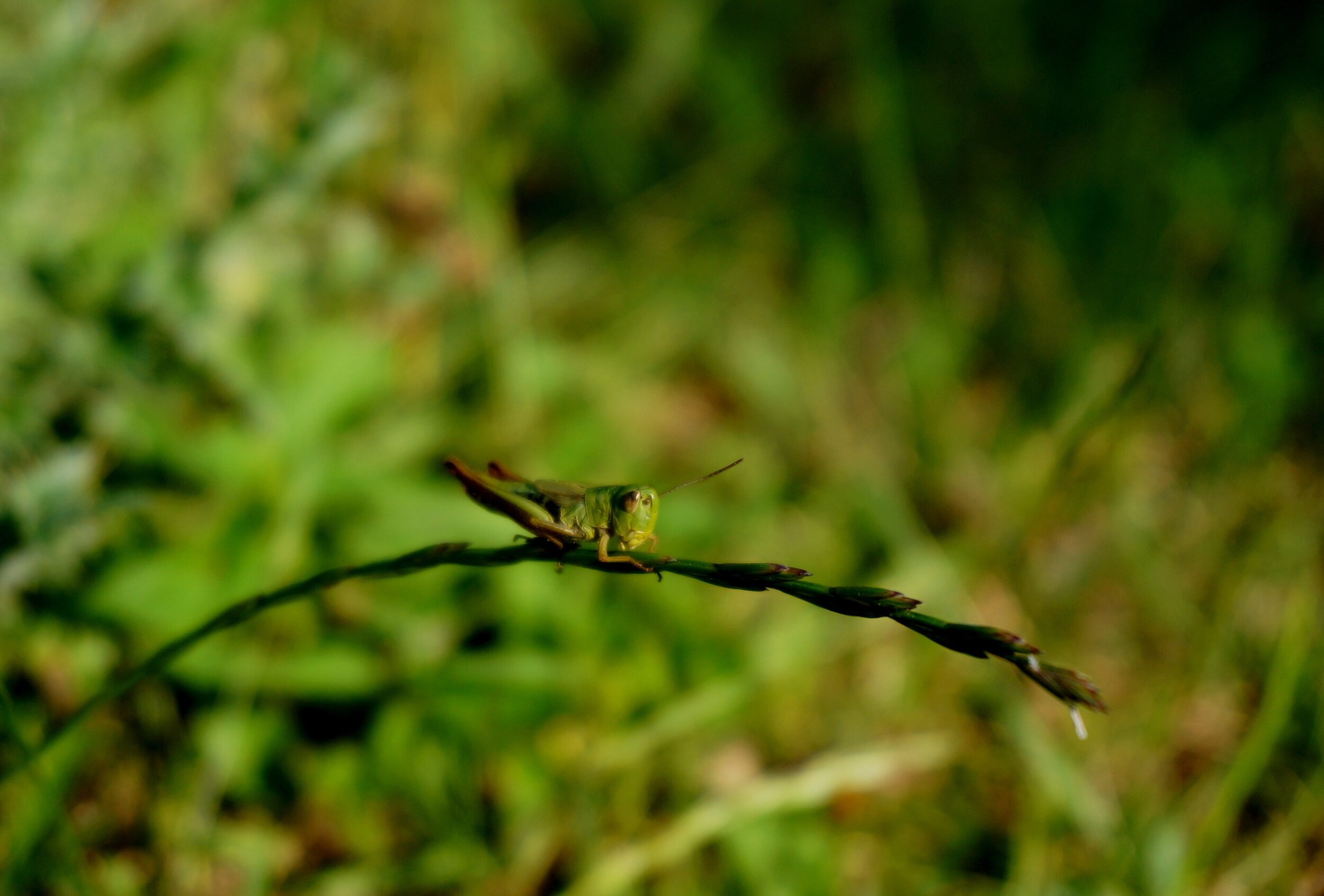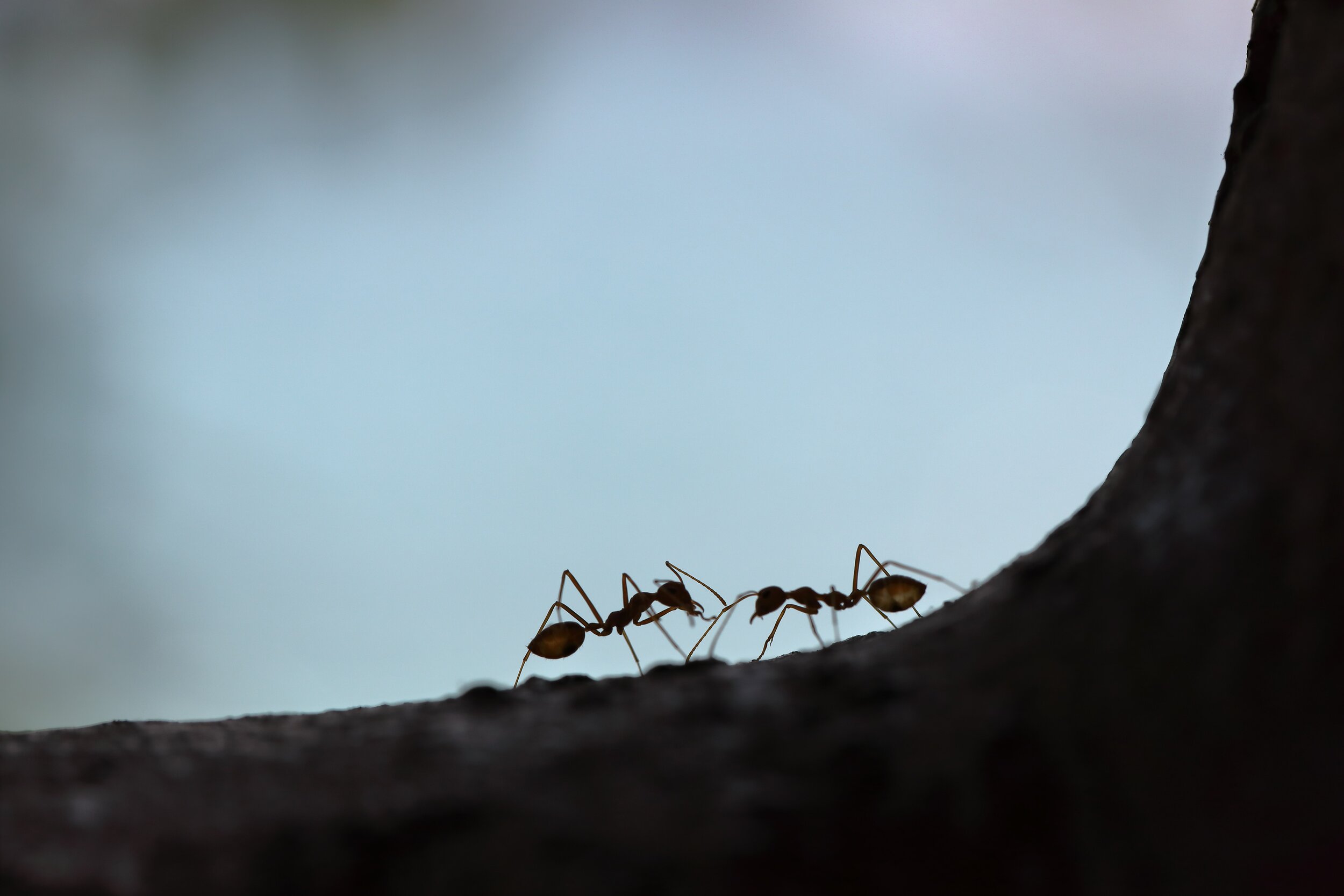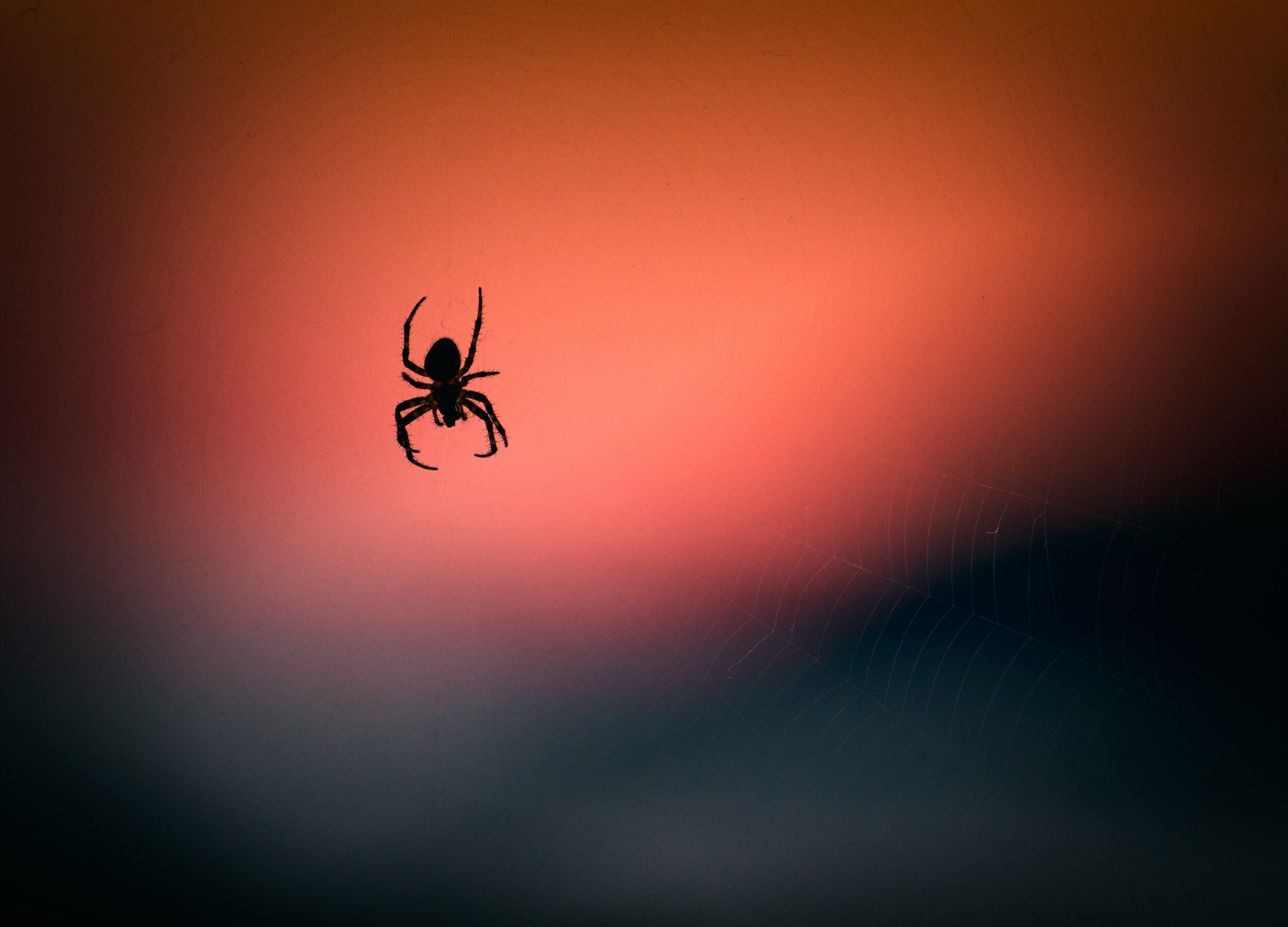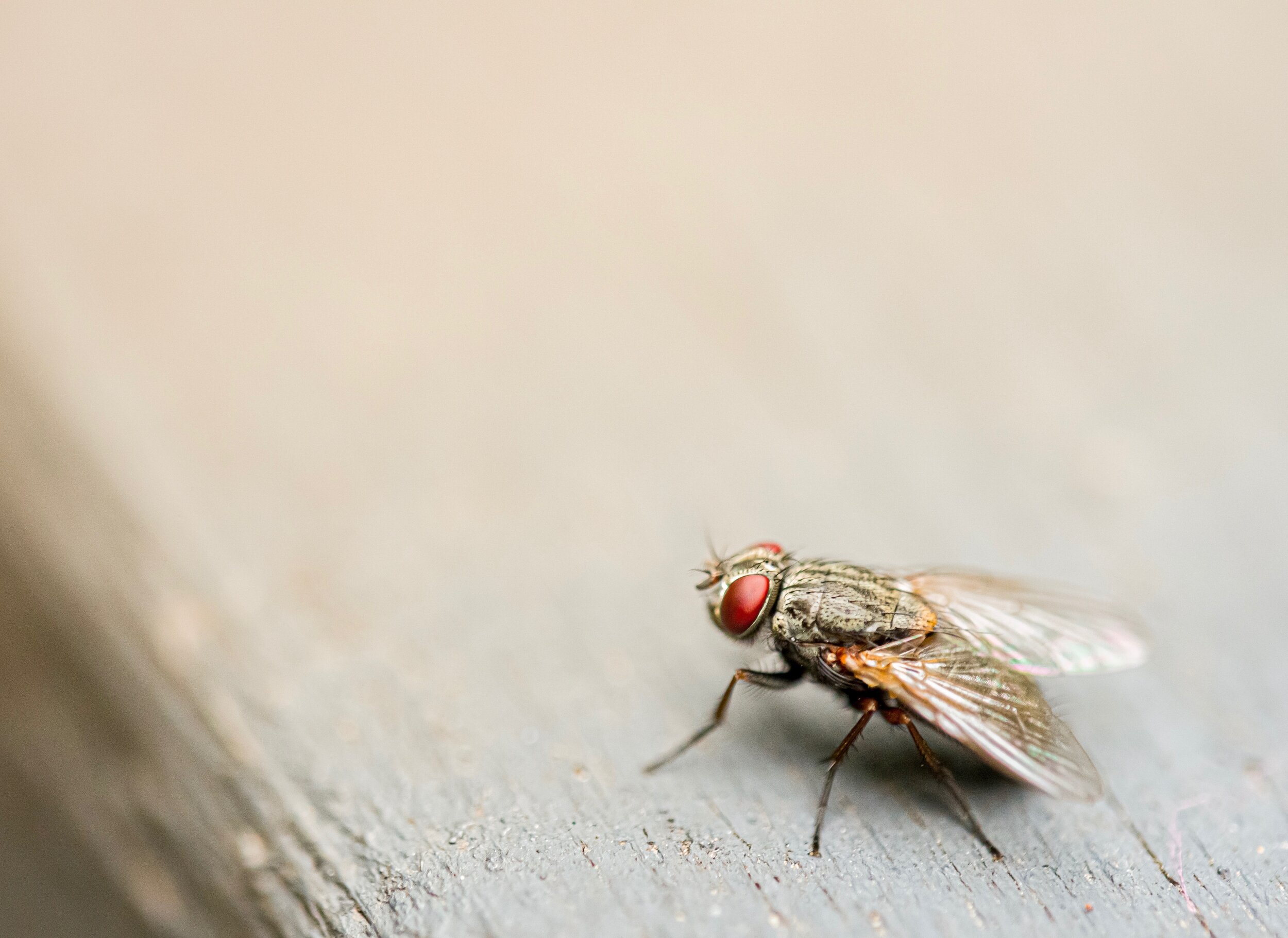Animals and Stories
Animals with furs, antlers and feathers, indigenous to the land
Furs
Aa pi’ si: Coyote
Ma ko yii: Wolf
Si no paa: Fox
Mii sin sski: Badger (describes the white stripe on his face; known as the fastest digger of the animals)
Paws
Kaa nais ski naa: Mouse
A pii ka yii: Skunk (describes the white stripe on his body)
Aa paa: Weasel (turns white in the winter time and red in the summer time)
Aaat tsi staa: Rabbit (describes the way they walk)
Omah ko ka ta: Gopher or Prairie Dog
Omah ka ta yo: Cougar
Na tah you: Bobcat or Lynx
Omah ksik’ksi na: Rattlesnake
Kiaa yo: Bear (there is names for the Brown Bear, Black Bear and Grizzly Bear)
Kai’ skaa hp: Porcupine
Antlers
A wa kaa sii: Deer
A wa to yi: White-Tailed Deer (describes tail up)
Sikih tsi soo: Moose (describes a dark animal in water of a marsh area)
Po no ka: Elk
So kia wa ka si: Antelope (describes an animal of the prairie or the plains)
Ii nii: Buffalo (describes an animal with hooves and antlers or horns)
Gender: female-skim, napim, stamik-bull elk
Illustration by Jason Eaglespeaker
Water Animals
Ma tsi ka pi sa: Frog (describes how frog sits high on his hind legs)
Mi soh pis ski: Muskrat (describes the face)
Aim mo ni si: River Otter
Ksissk sta ki: Beaver (describes how the beaver chews on trees and branches)
Iss’kssinaiksi: Insects
Aissko’kiinaa: Ant
Ksiwa/Nakaasi: Spider
Soy’sksissi: Fly
Naamoo: Bee
lk’kstohksisi: Mosquito
Tsikatsii: Grasshopper
Naamsskii: Lizard
Sspopii: Turtle
Illustration by Jason Eaglespeaker
Birds
Aoks spi aki: Bat (described as the sticking bird. It is also known as bad eagle; Ma ka pi pi ta)
Ap ps pi ni: Canada Goose (describes the white ring around the neck of the bird)
Pii taa: Eagle
Ksi ski ni: Bald Eagle (describes white head)
O tah ki mo to kan: Golden Eagle (describes colour of the head)
Mai’ stoo: Crow
Sii pits’ to: Owl (also known as the Night Crier. It is also referred to as a messenger of bad news.)
Omah ksii pii’ kssi: Wild Turkey (describes big bird)
Kak’koo: Pigeon
Sai’ ai: Duck (describes the sound the bird makes)
Kii to kii: Prairie Chicken (the Prairie Chicken does a mating dance)
Omahkai: Raven
Animals and birds introduced to the land
Illustration by Jason Eaglespeaker
Animals & Birds
Ni to wa ki: Chicken
Poo sa: Cat
Omah kis to’ki: Donkey (describes the big ears. It was the first animal used for travelling. It was driven: Oh ko mah ta kii.)
Ai ksi ni: Pig (describes a happy animal in the mud)
Soo yai ksi ni: Hippopotomos (water pig)
Po no kao mi taa: Horse (The horse was described as an Elk Dog)
Ai sa yoh ko mii: Bull (describes the behaviour: crying/hollering out in the pasture)
Ii mi taa: Dog
Aa pot skina: Cow (describes the white horns of the cow)
Stories of Animals
The Blackfoot People called the animals walking on the earth: kso wa po moh ka ksi. The Blackfoot People established a relationship with the animals and the birds and lived in coexistence with them on the land. Before the dog came among the people, the Blackfoot People domesticated the coyote by feeding them. The animals depended on the people for their well-being. Blackfoot names are named after birds and animals e.g., Eagle Child, Many Grey Horses. In the old days, an individual was called by their Blackfoot names. These names were later translated and became the surnames of Blackfoot families. The Blood People are also called the Apatsitapi (the Weasel People) and there was also a Blackfoot Clan by the name of Gopher Eaters. The present area of Red Deer and Ponoka was named after the abundance of elk in the area and the river is called Po no ka sis: Elk River. The area was a part of the Blackfoot territory. The campsites found in this area are made of rock circles used by the Blackfoot People to stake down their teepee lodges. The month of April is called Frog Moon; Ma tsiyik ka pi sai ki’somm, the time you hear the frogs in the meadows. Animals were also part of the dance. The Blackfoot men shake their legs in the Chicken Dance. The beaver is part of a sacred bundle. The porcupine hair is used for hair roaches. There is certain protocol one must follow to work with porcupine quills which requires a transfer of rite. The quills are used for quill beading on jewelry, clothing and a Mii ni po ka; a special child had quills sewn on the sole of their moccasins.
In the legends of Napi, Old Man, he creates the animal and birds and places them on the land. He talks with them and plays their games with them.
Antelope
Old Man covered the plains with grass for the animals to feed on. He marked off a piece of ground, and in it he made to grow all kinds of roots and berries; camas, wild carrots, wild turnips, sweet-root, bitter root, sarvis berries, bull berries, cherries, plums, and rosebuds. He put trees in the ground. He put all kinds of animals on the ground…. While he was in the mountains, he made the antelope out of dirt, and turned it loose. To see how it would go. It ran so fast that it fell over some rocks and hurt itself. He saw that this would not do. And took the antelope down on the prairie, and turned it loose; and it ran away fast and gracefully, and he said, “This is what you are suited to.”
Decision about Life and Death
A Napi story of accepting death, inii, one becomes part of the buffalo spirit. One day Old Man determined that he would make a woman and a child; so he formed them both—he looked at the images, and told them to rise and walk; and they did so. He told them that his name was Na’pi, Old Man. Standing by the river, the woman said to him, “How is it? Will we always live, will there be no end to it?” He said: “I have never thought of that. We will have to decide it. I will take this buffalo chip and throw it in river. If it floats, when people die, in four days they will become alive again; they will die for only four days. But if it sinks, there will be an end to them.” He threw the chip into the river, and it floated. The woman picked up a stone, and said: “No, I will throw this stone in the river, if it floats we will always live, if it sinks people must die, that they may always be sorry for each other.” The woman threw the stone into the water, and it sank. “There” said Old Man, “you have chosen. There will be an end to them.” It was not many nights after, the woman’s child died, and she cried a great deal for it. She said to Old Man: “Let us change this. The law that you first made, let that be a law.” He said; “Not so. What is made law must be law. We will undo nothing that we have done. The child is dead but it cannot be changed. People will have to die.”
Blackfoot Animal Word Scramble
ISAP’IA _____________________________
KIYOMAI _____________________________
ISAIANOP _____________________________
KIISISSMIN _____________________________
AIIAAASKKSNAN _____________________________
YAIKIAPI _____________________________
PAAA _____________________________
IATSATSTAA _____________________________
MOHAKOAKTA _____________________________
ANHATOUY _____________________________
Match the Animals
DEER
FROG
BUFFALO
MOOSE
BEAR
ANTELOPE
RIVER OTTER
ELK
SNAKE
PORCUPINE
IINII
KIAAYO
KAI’SKAAHP
AIMMONISIA
SIKIHTSISOO
PONOKA
OMAHKSI’KSINA
MATSIKAPISA
AWAKAASII
SOKIAWAKASI
Answers to Word Scramble
AAPI’SI; COYOTE
MAKOYII; WOLF
SINOPAAI; FOX
MIISINSSKI; BADGER
KAANAISSKINAA; MOUSE
APIIKAYII; SKUNK
AAPA; WEASEL
AATTSISTAA; RABBIT
OMAHKOKATA; GOPHER
NATAHYOU; COUGAR




